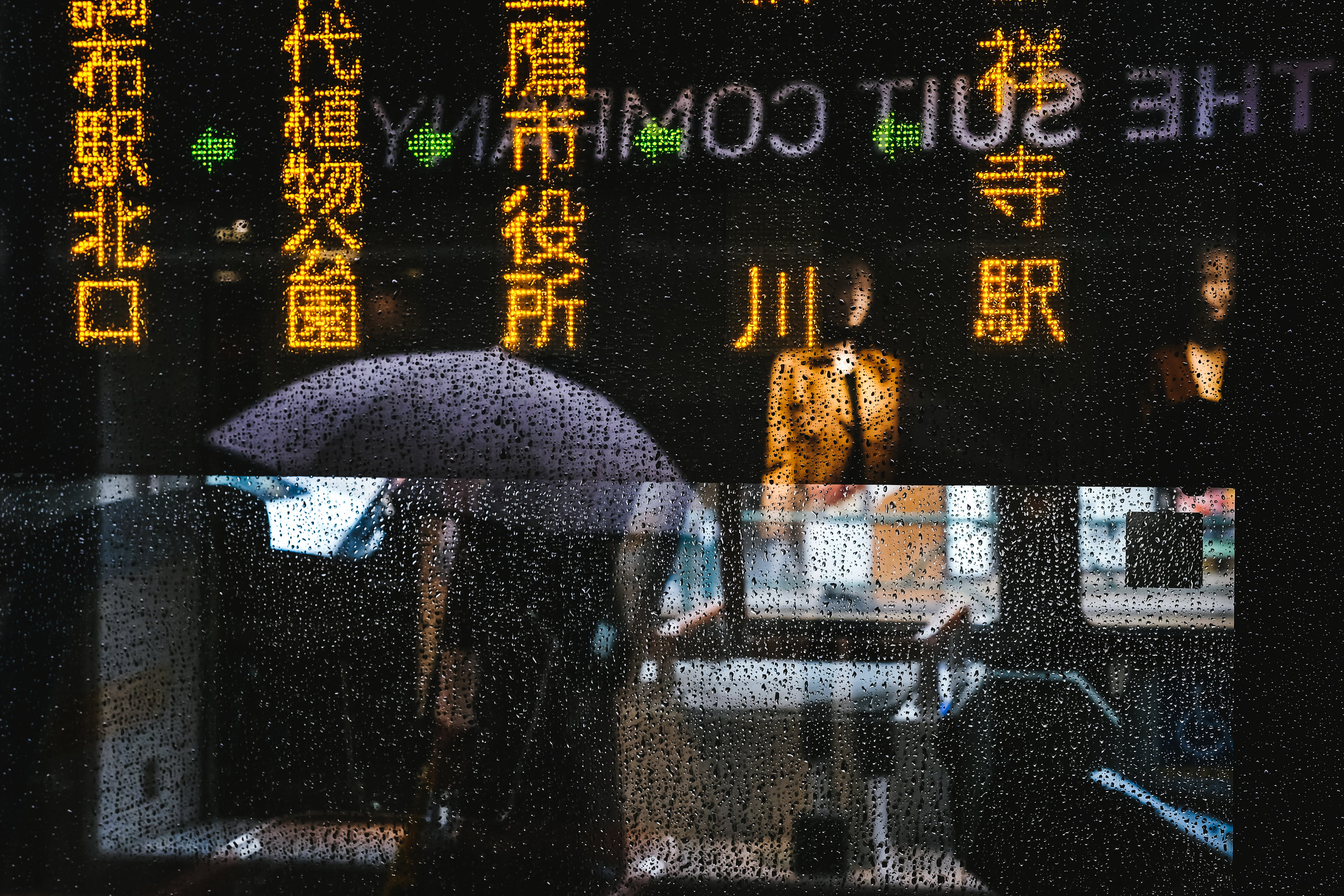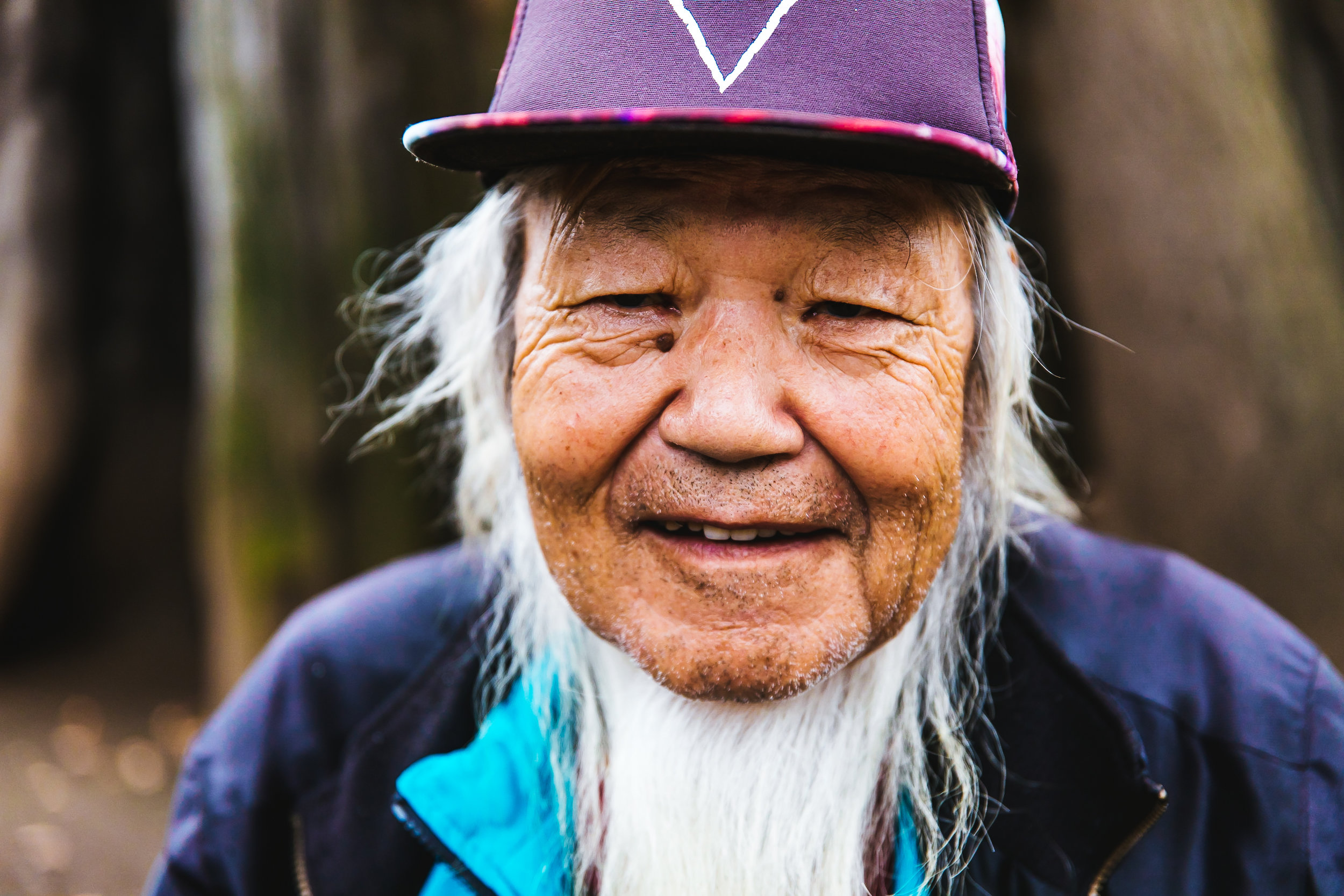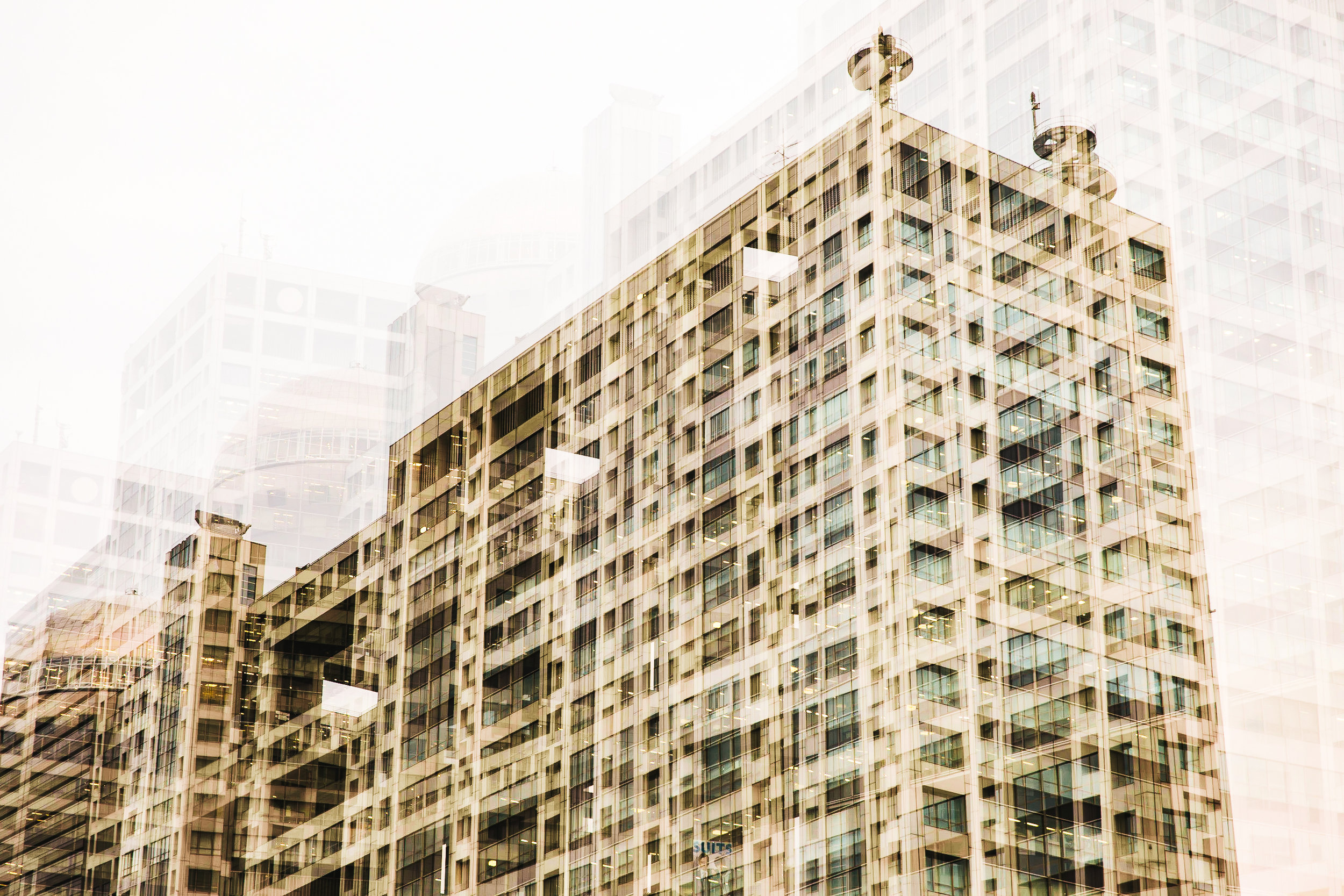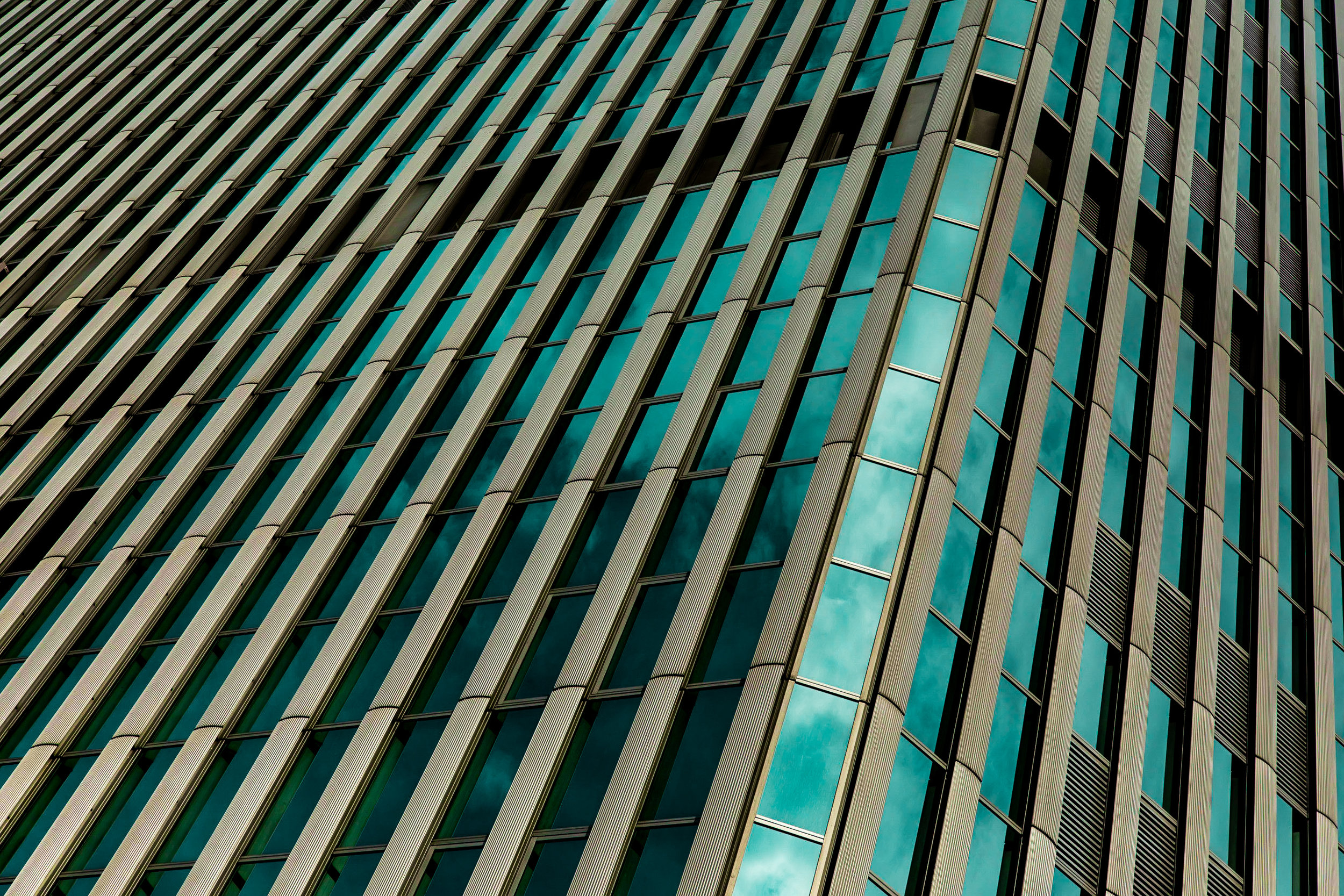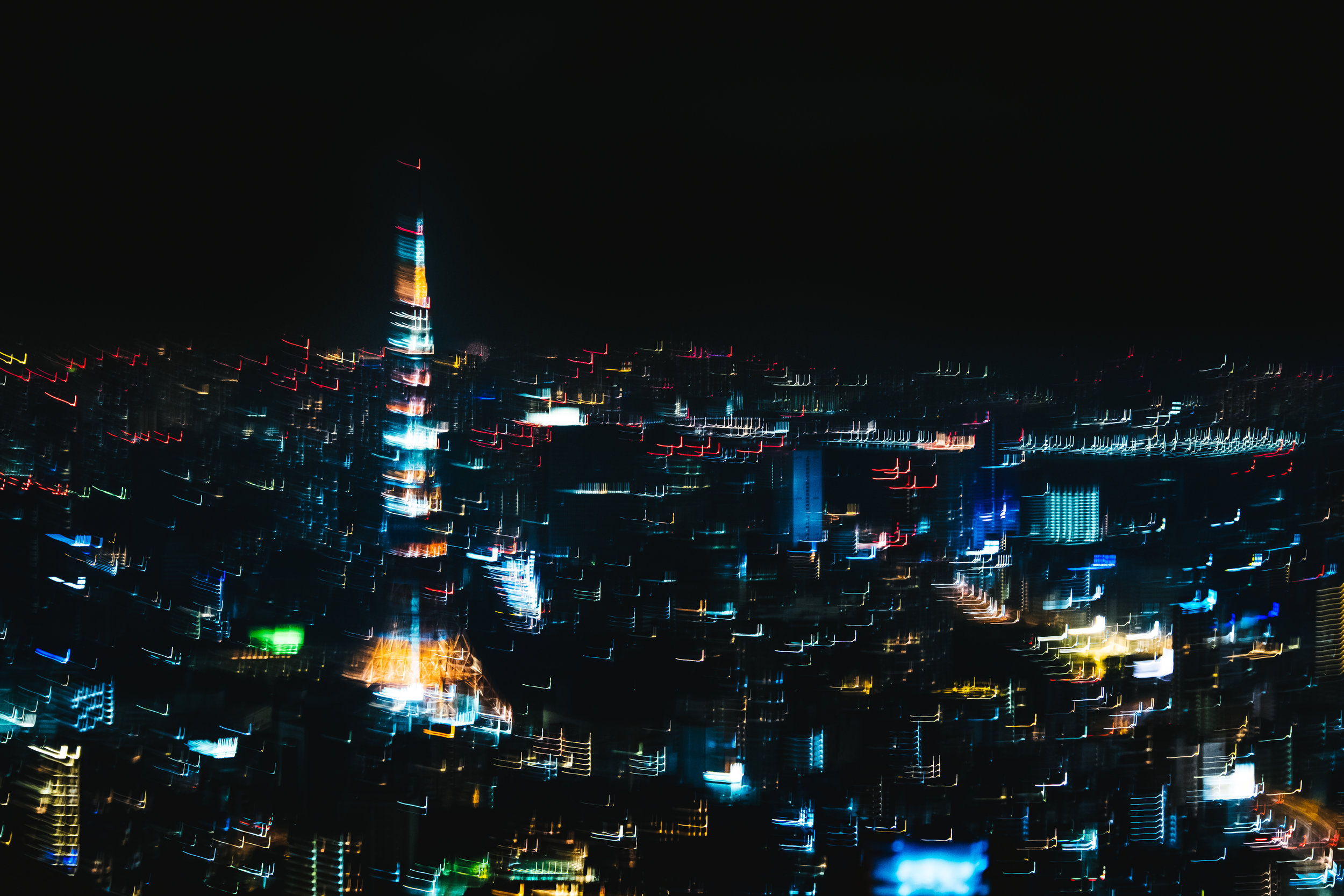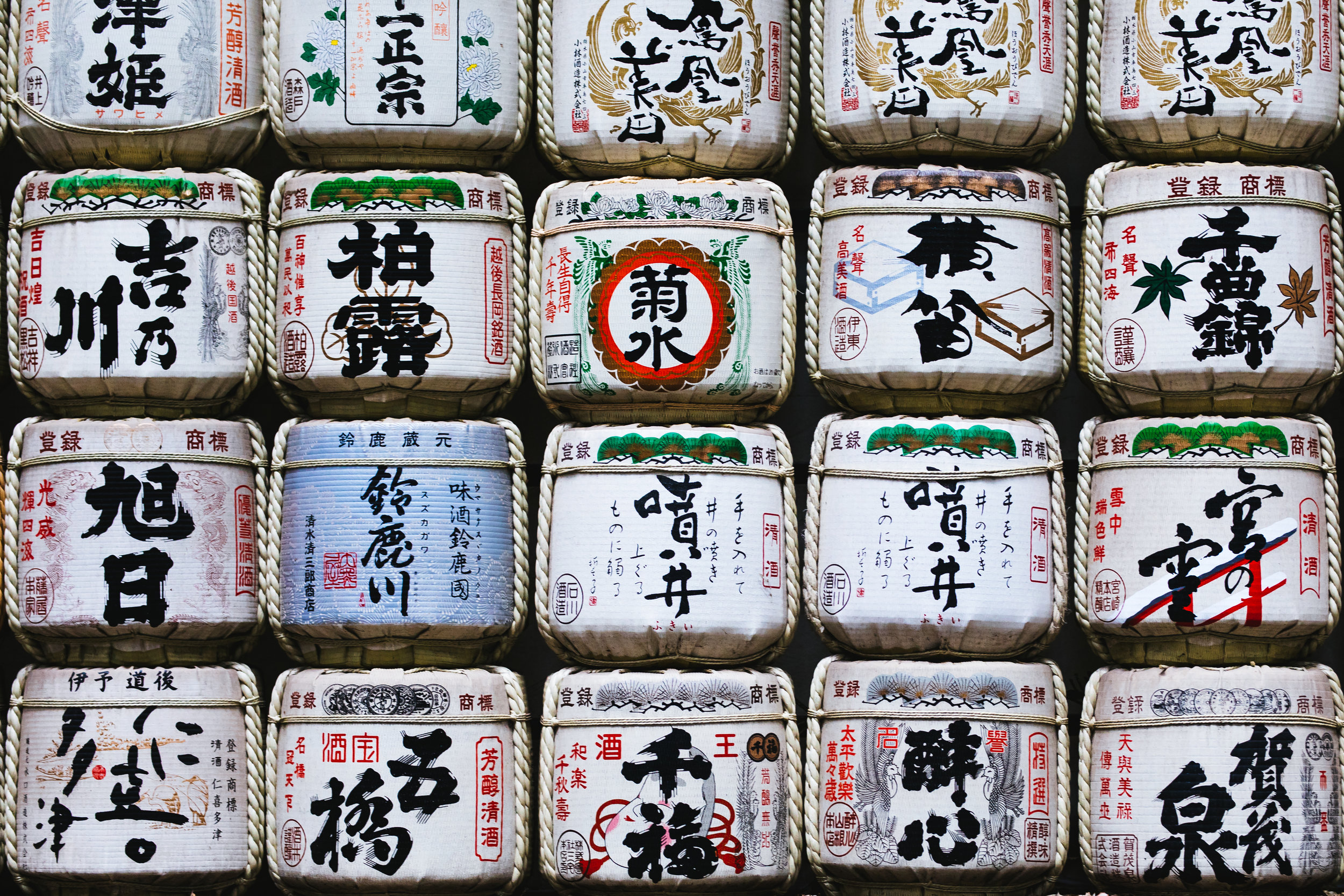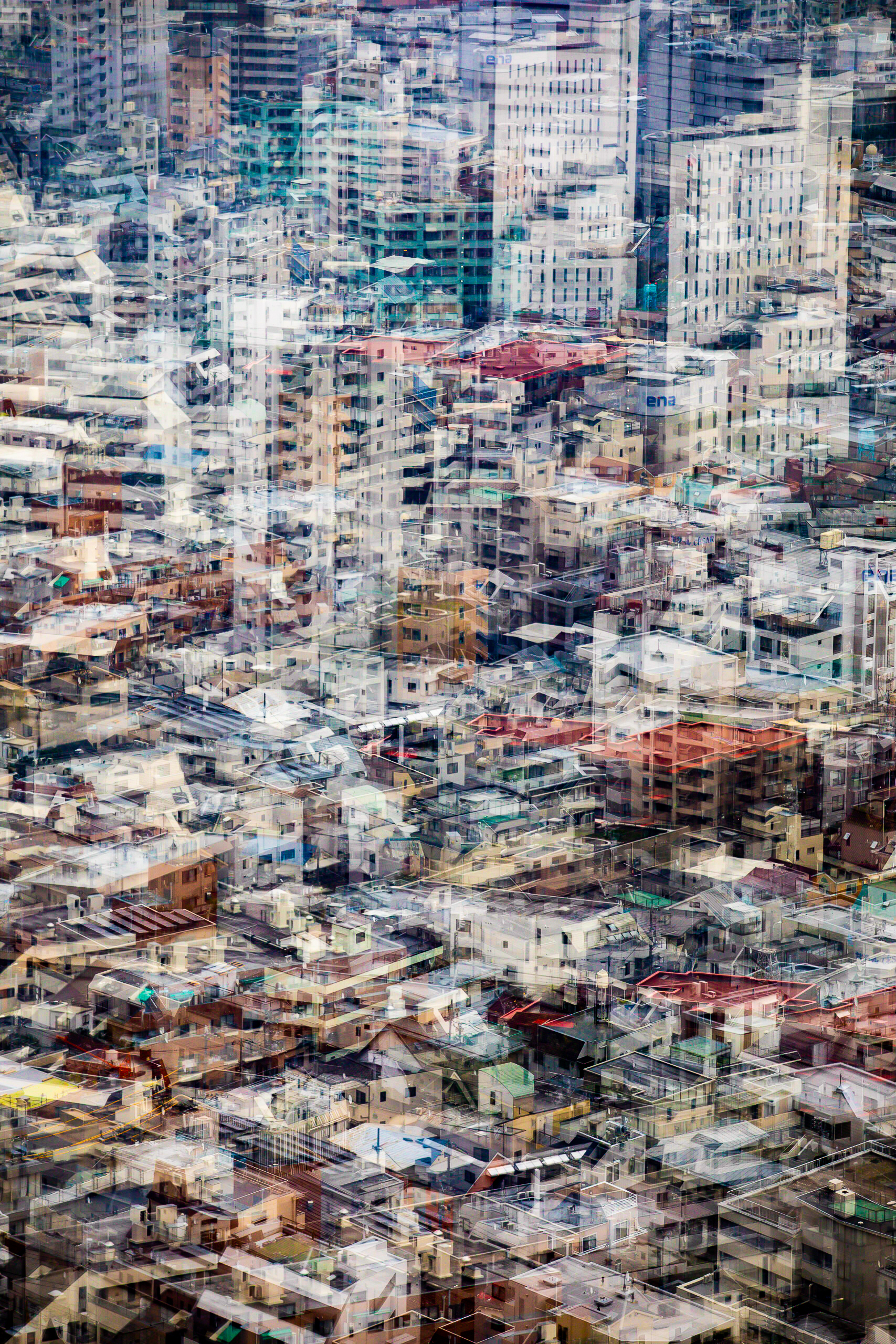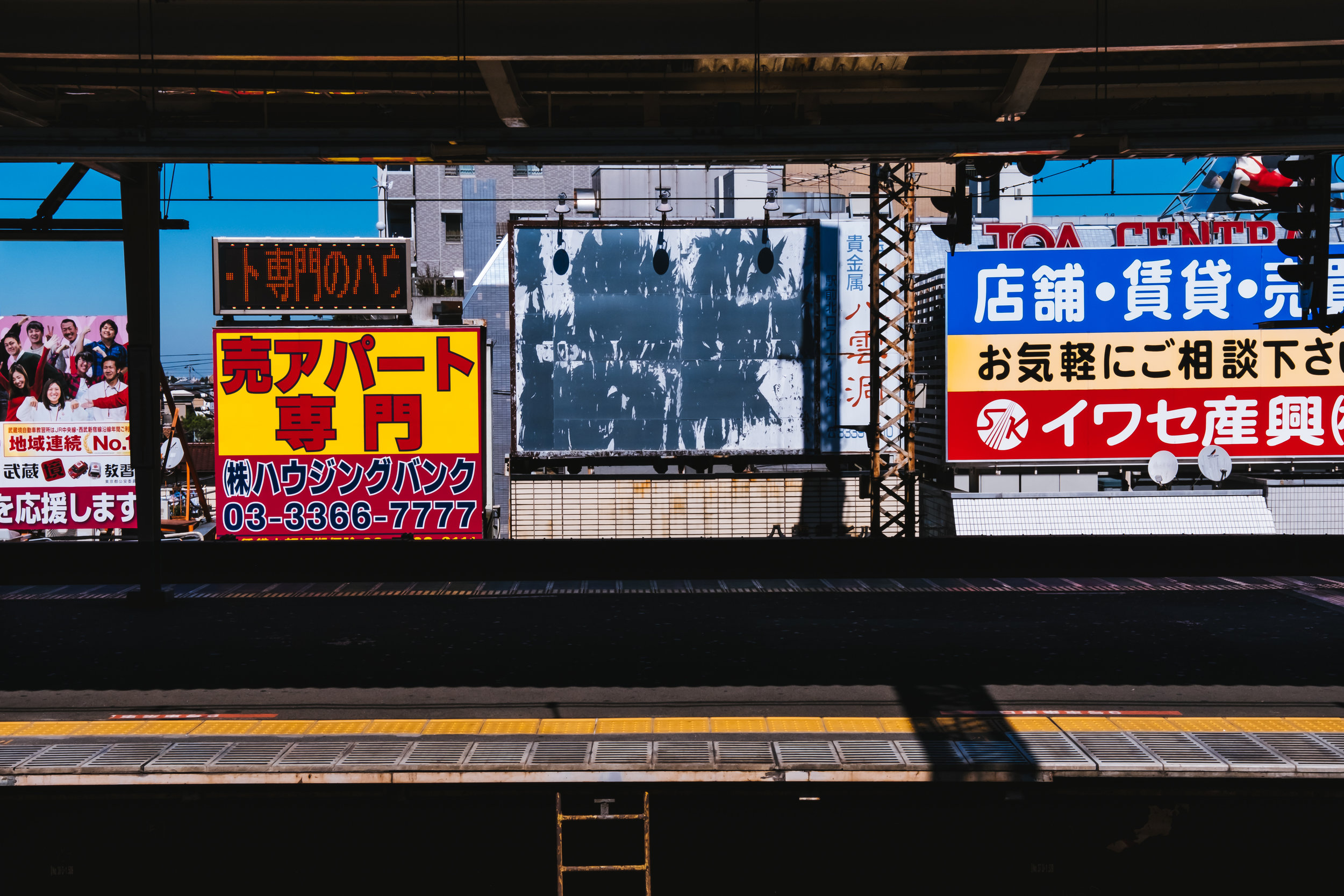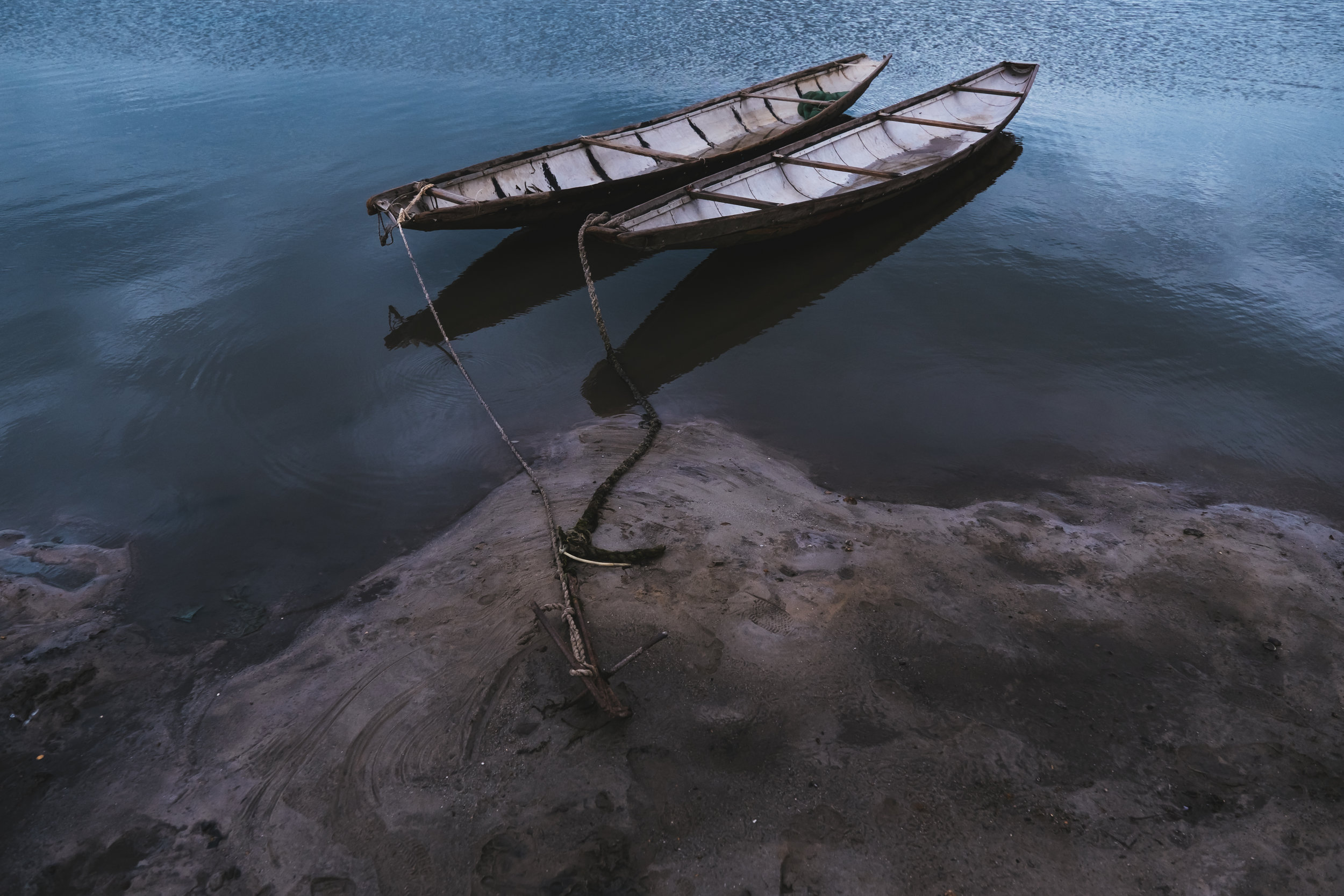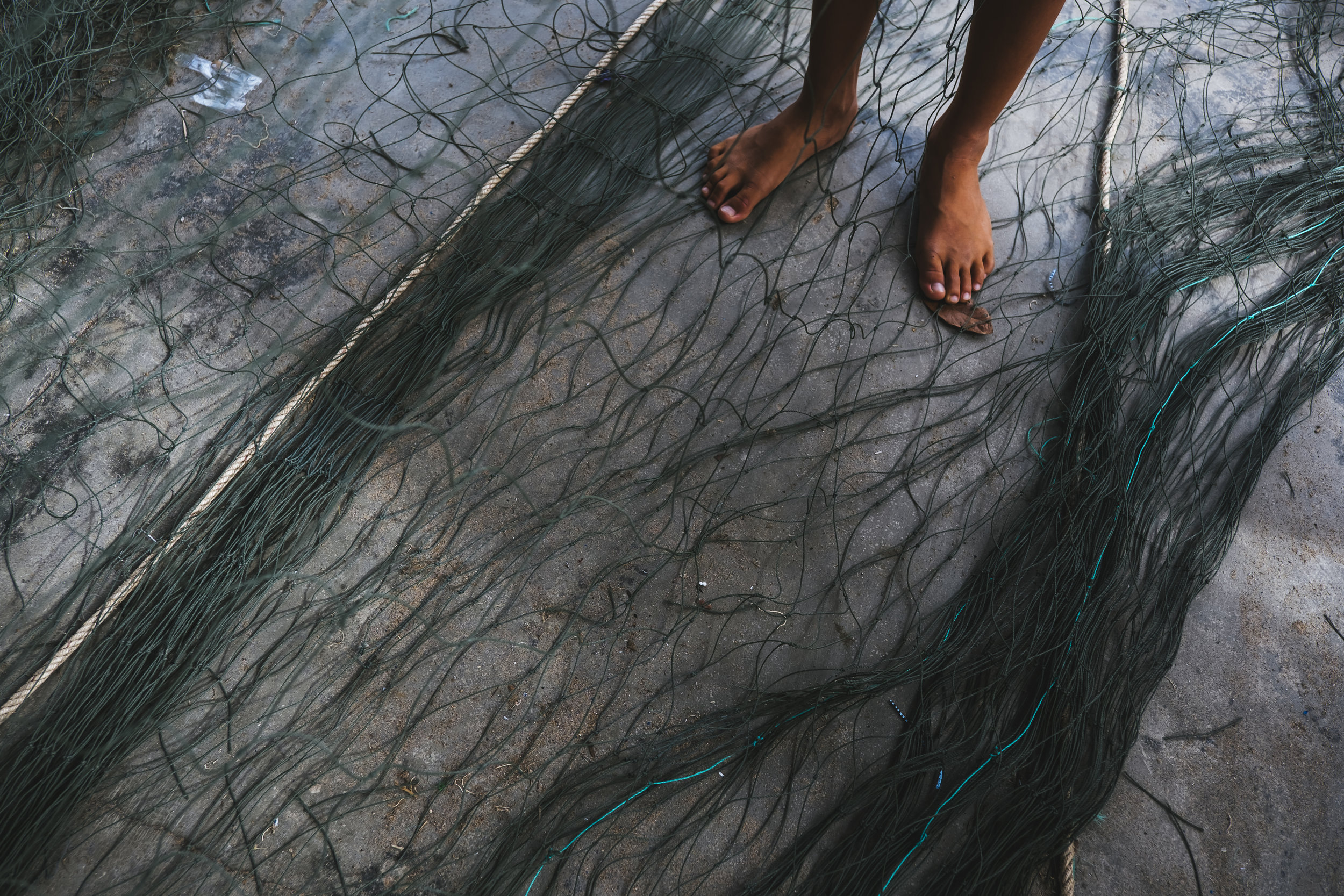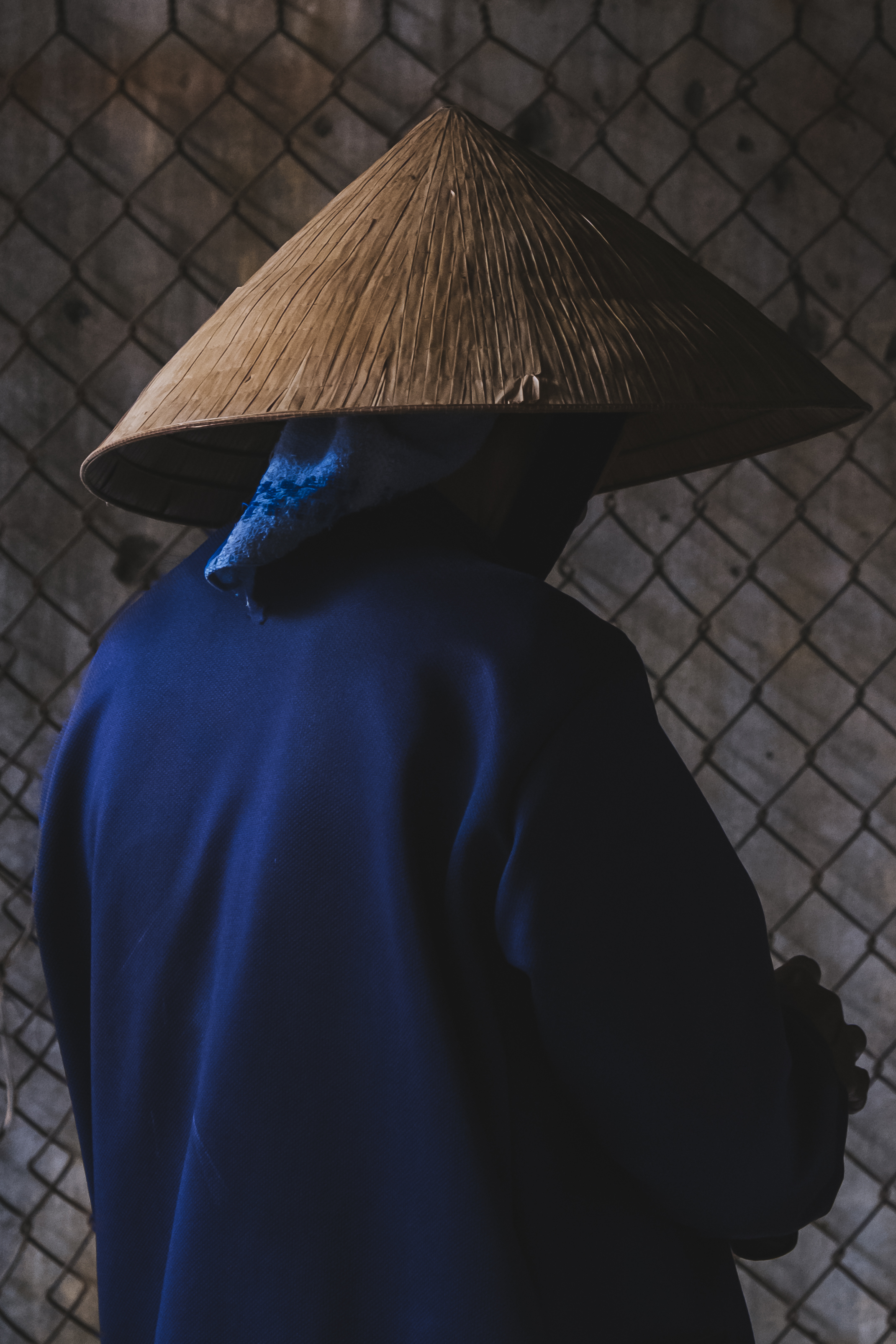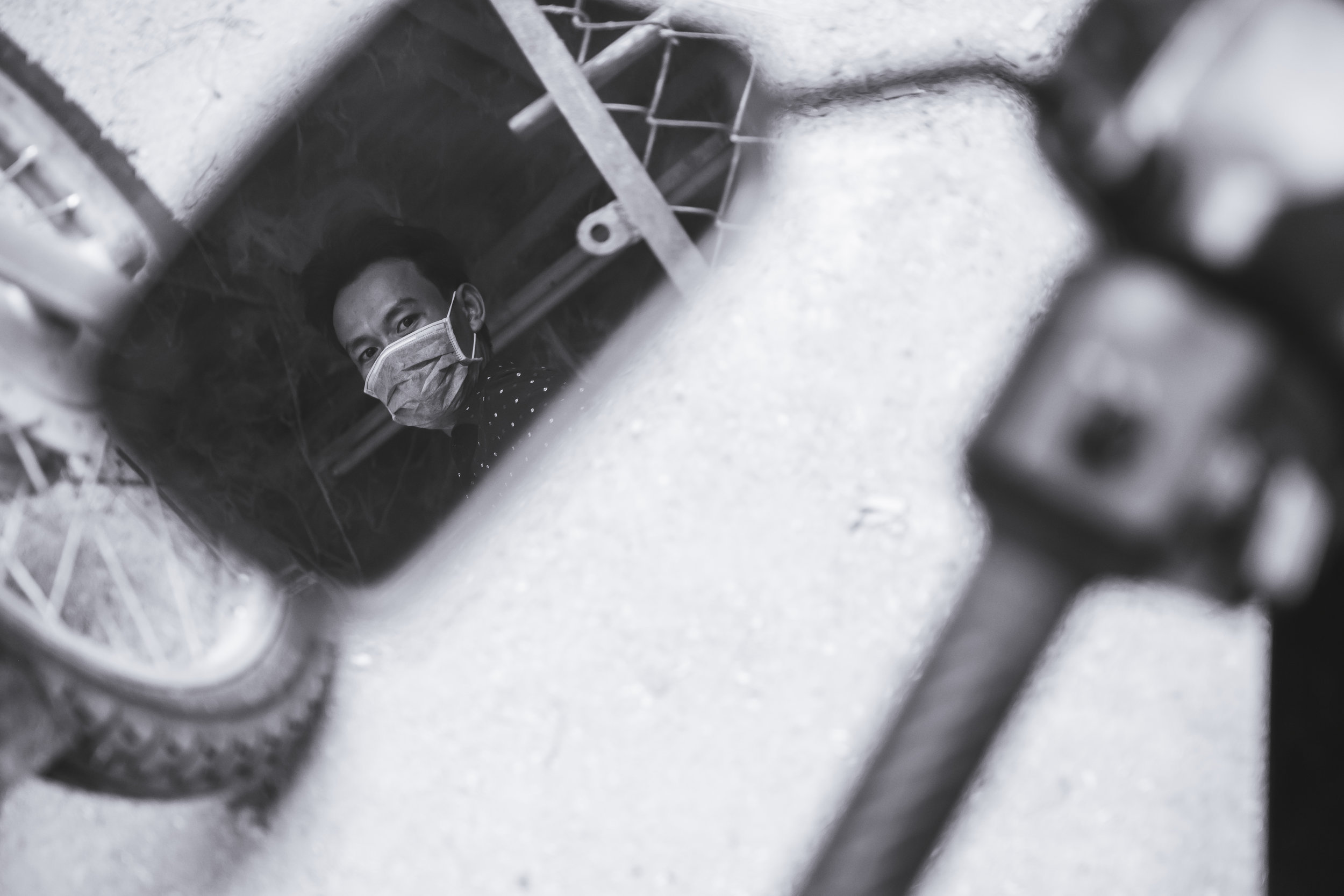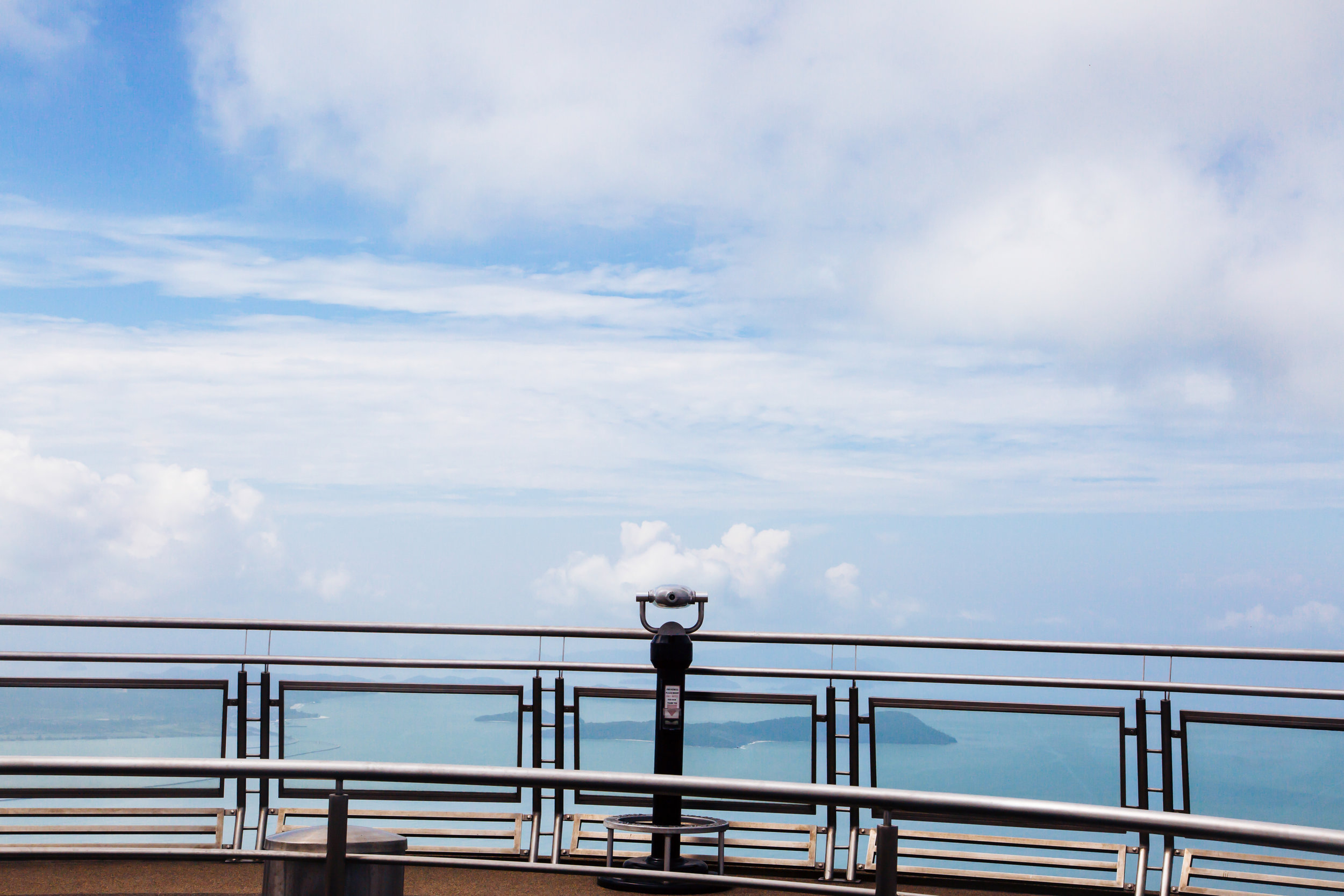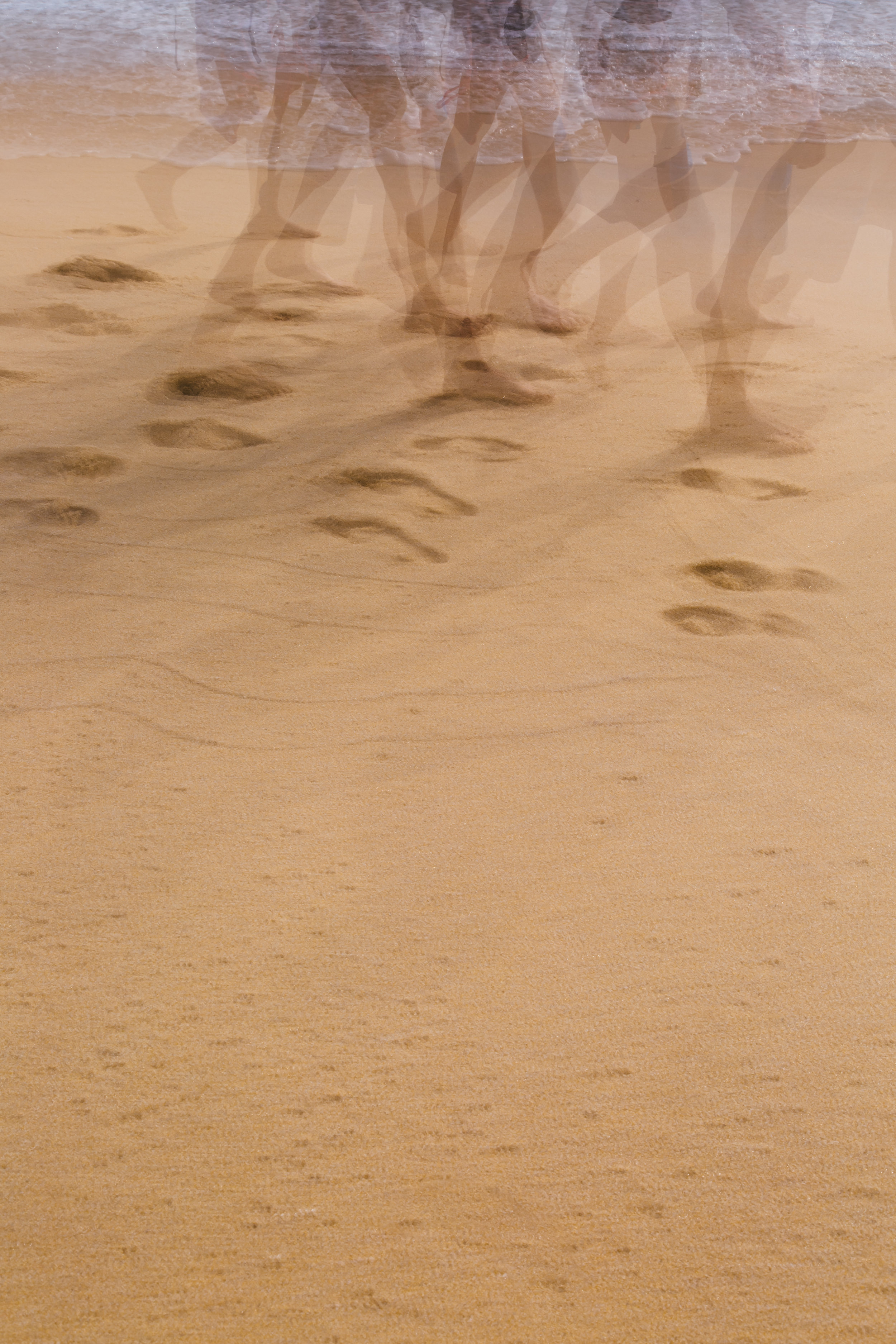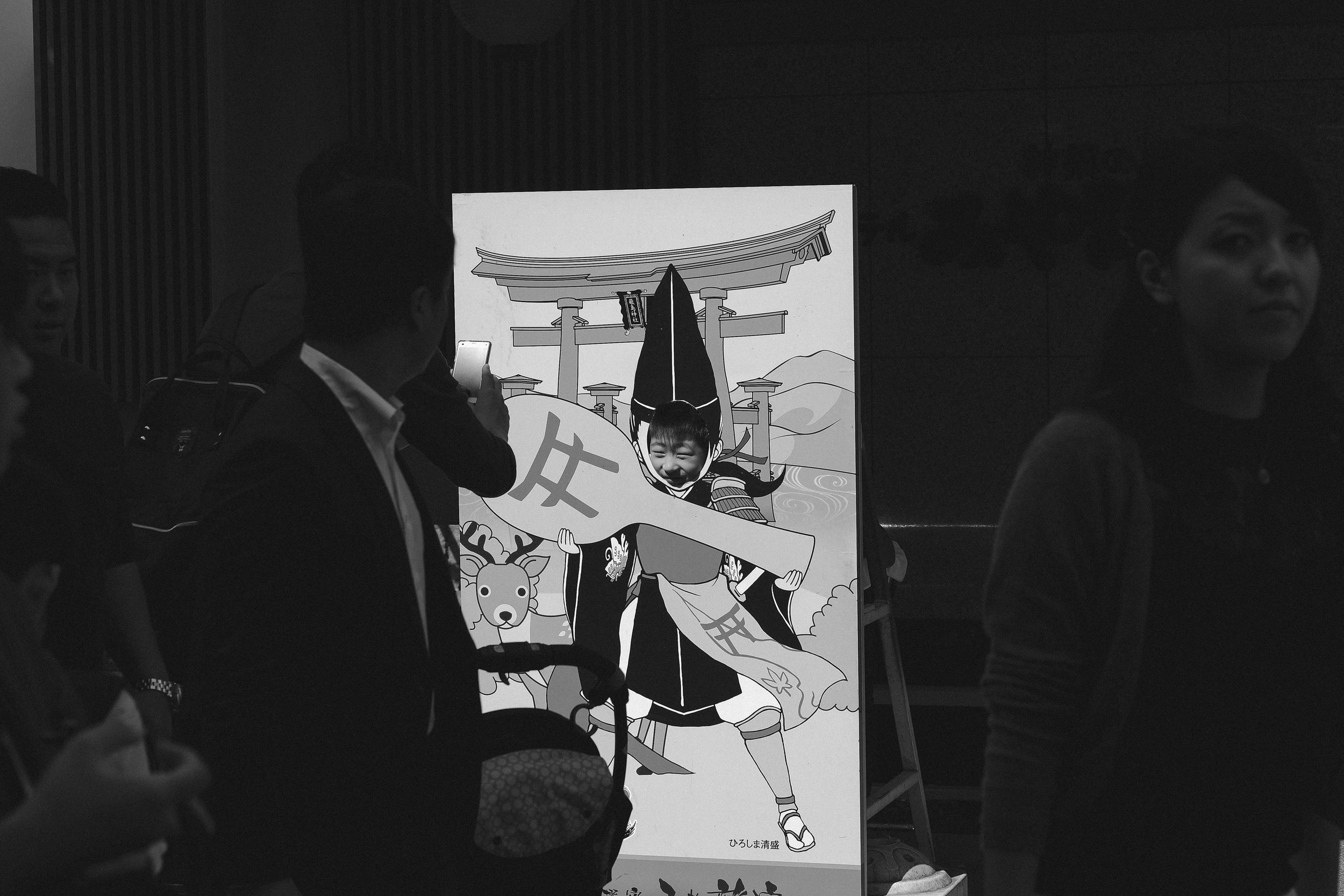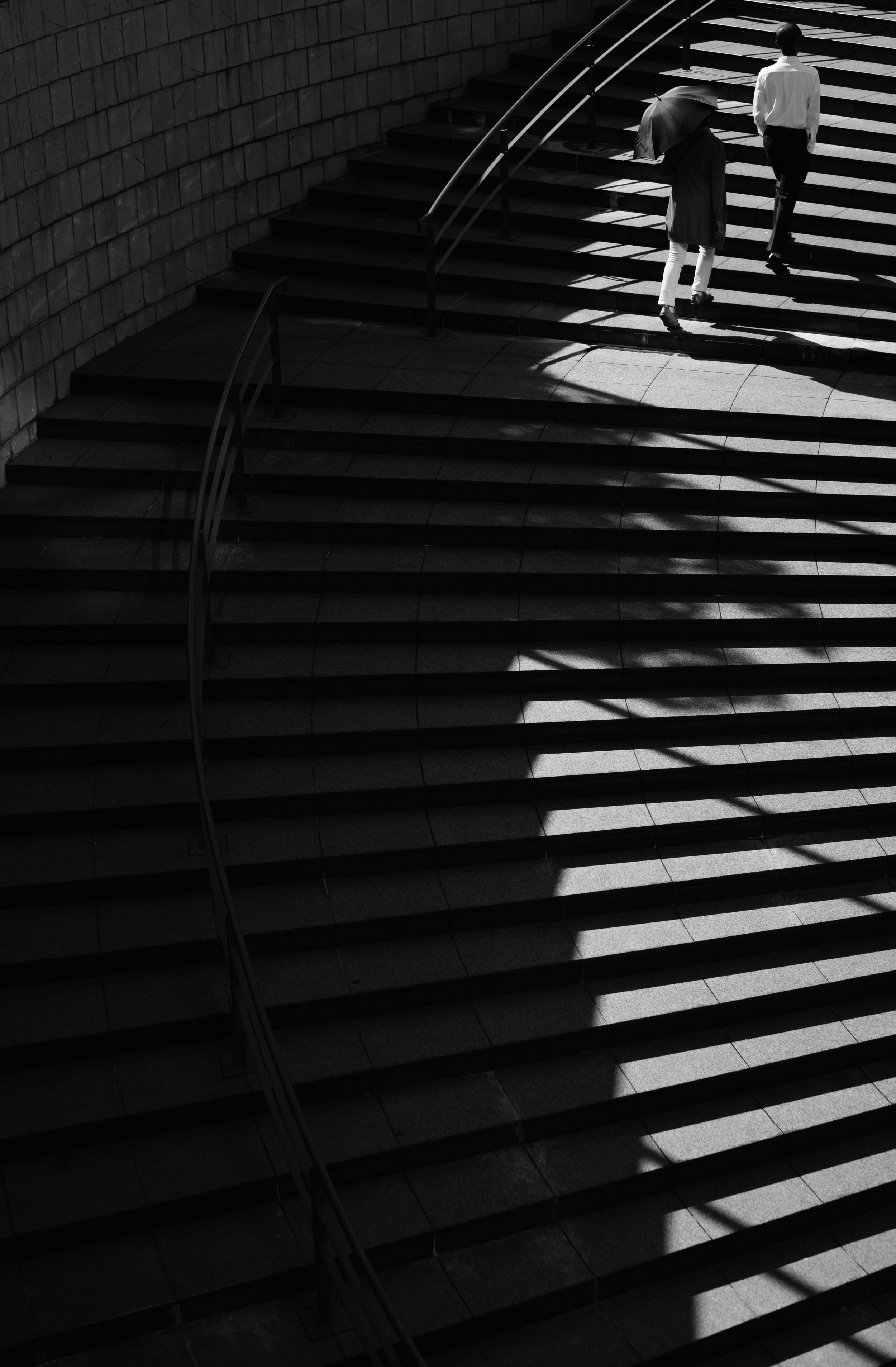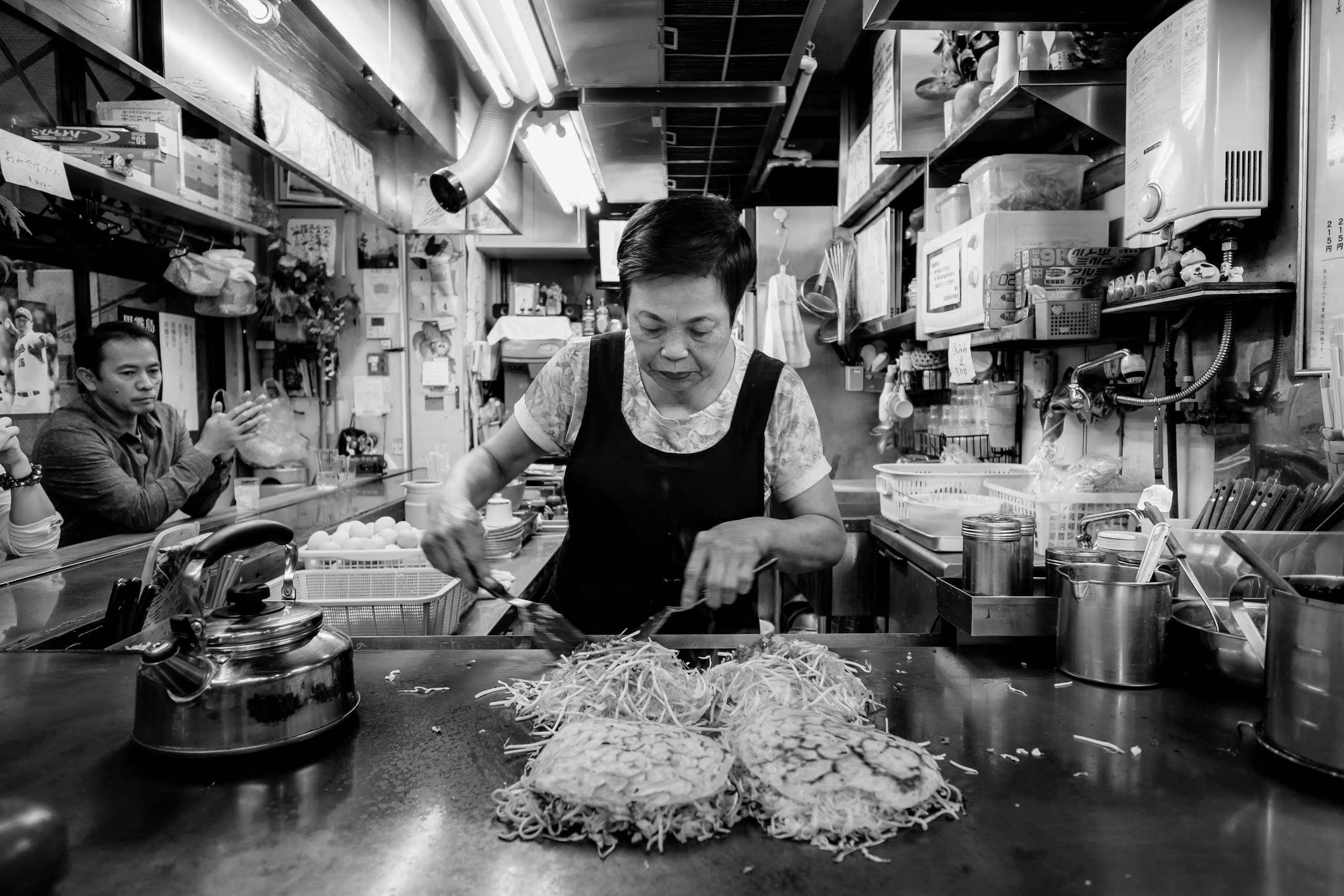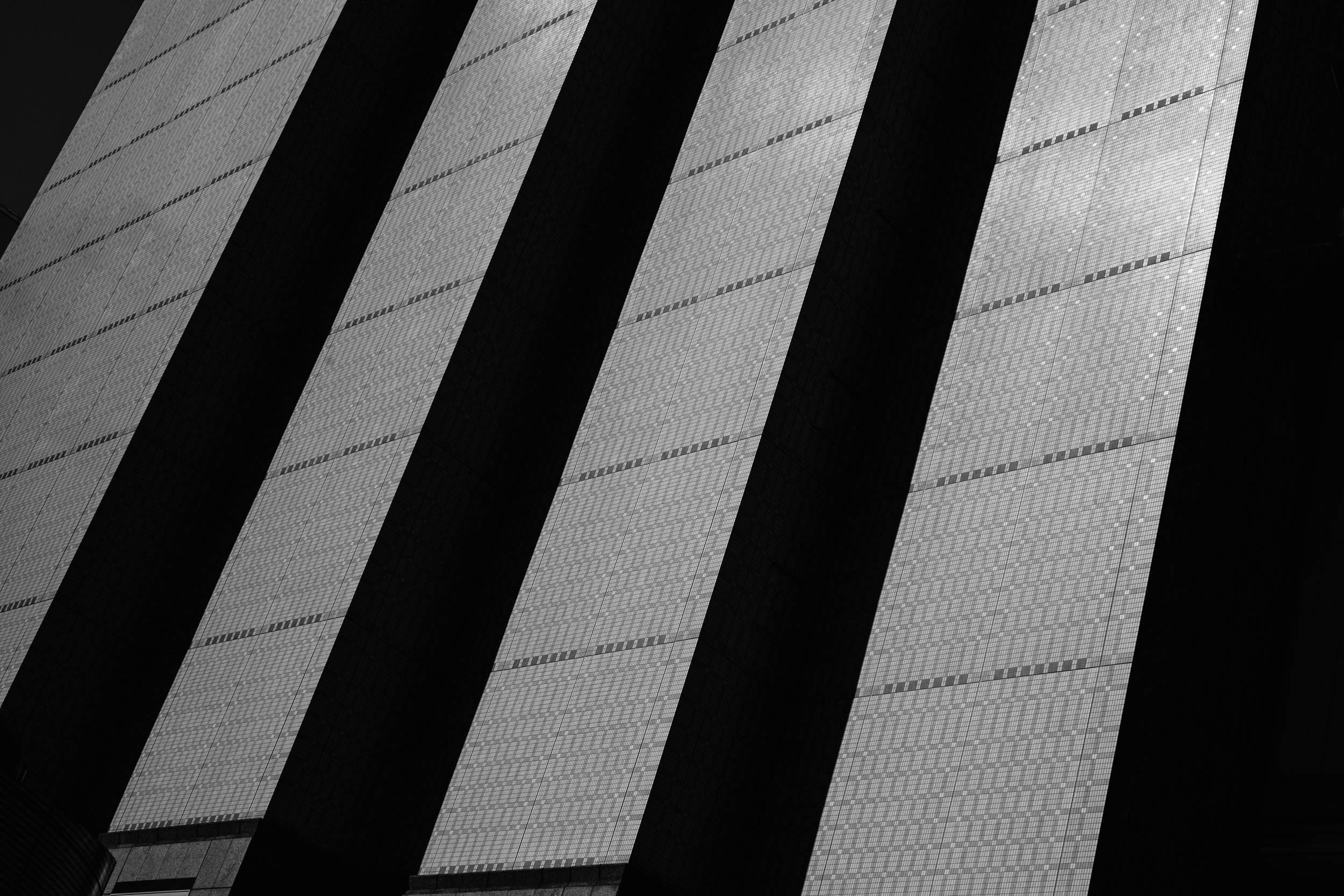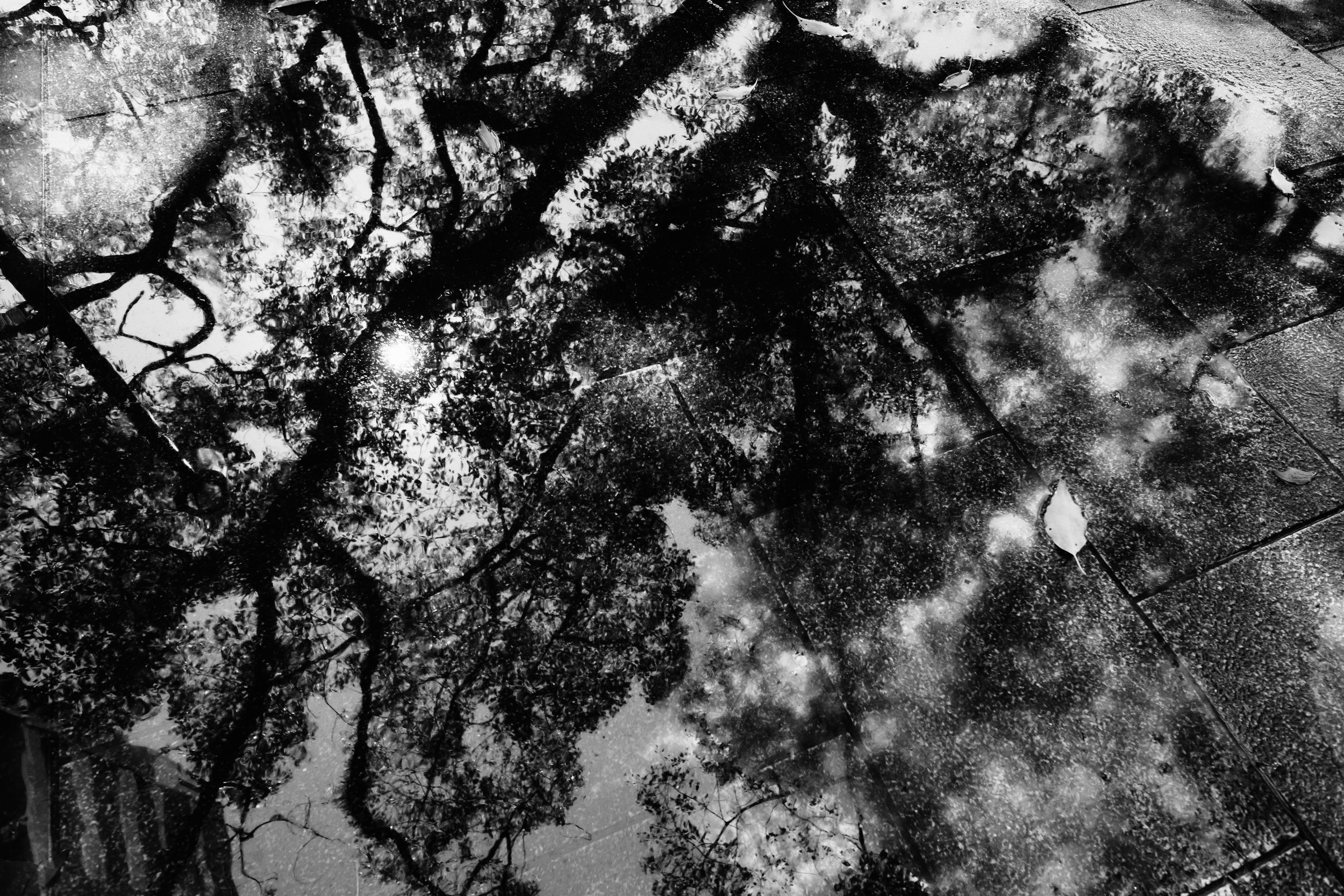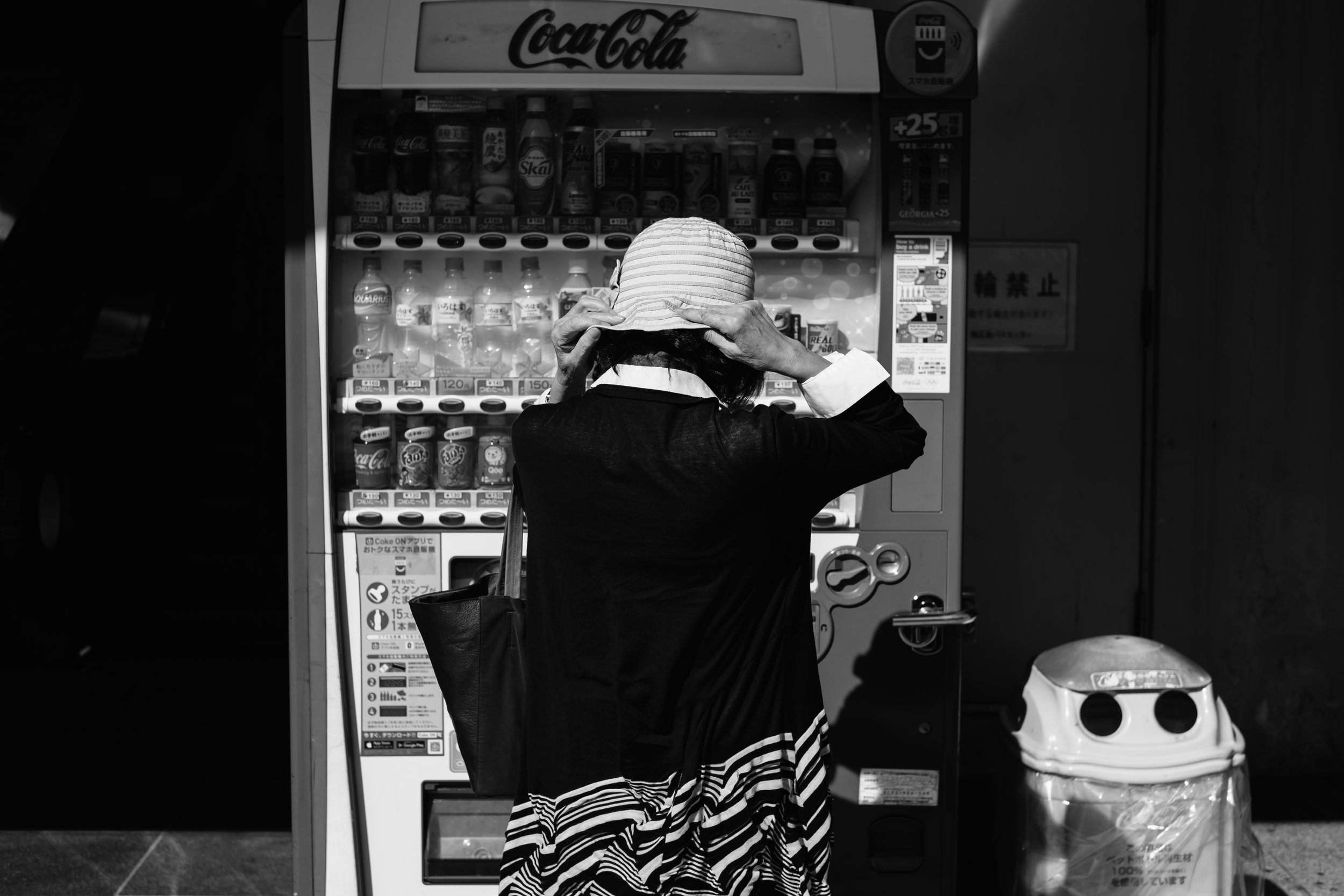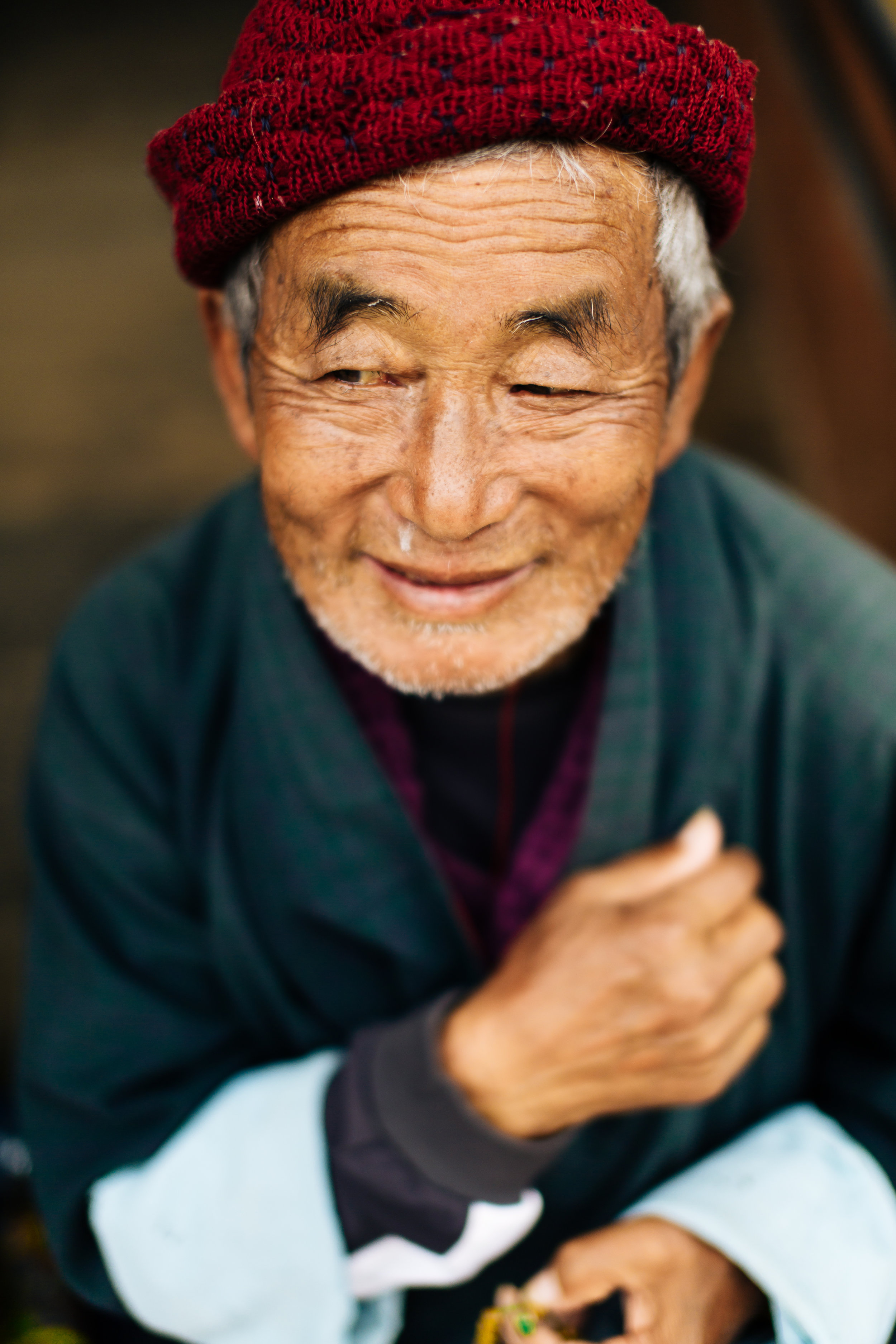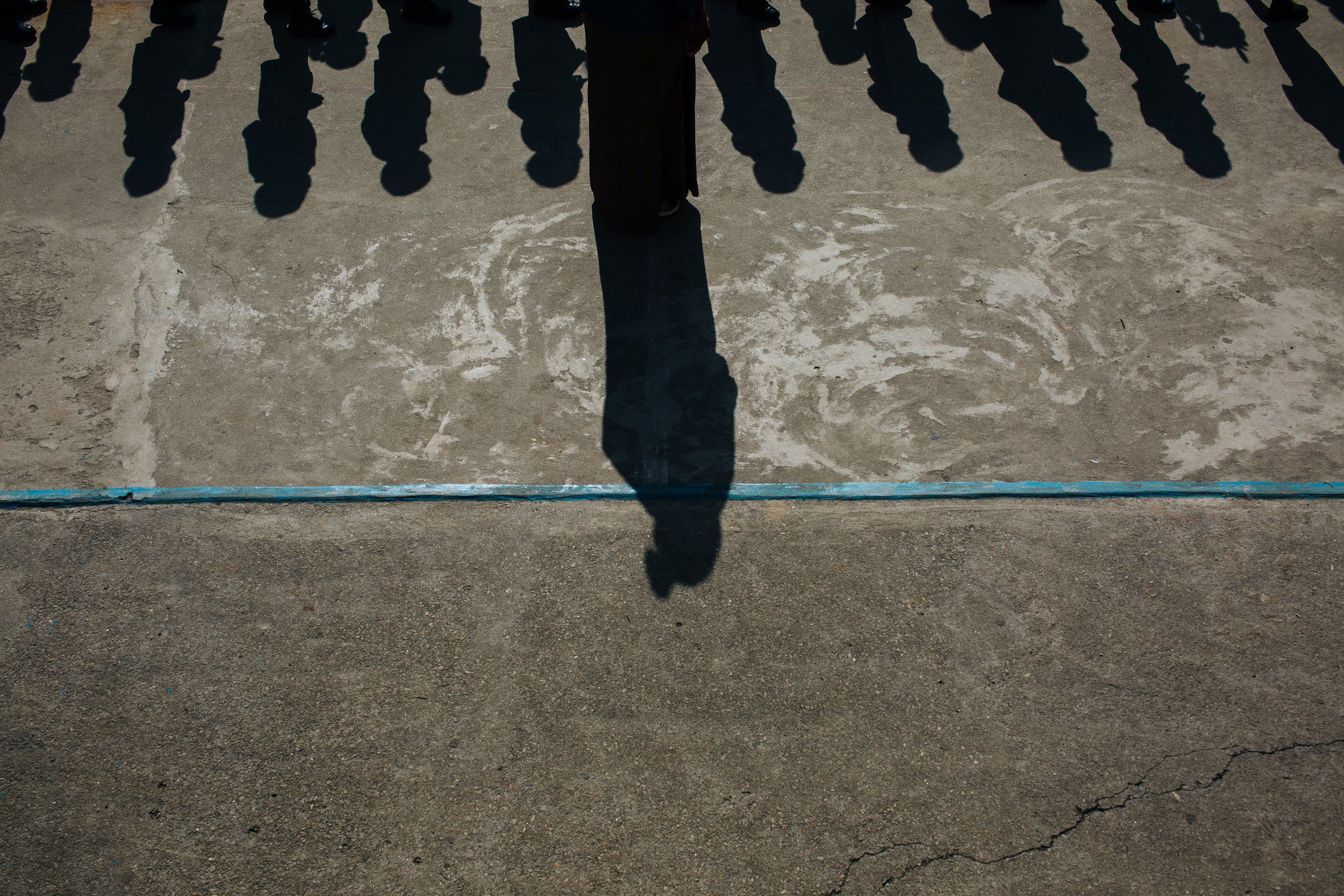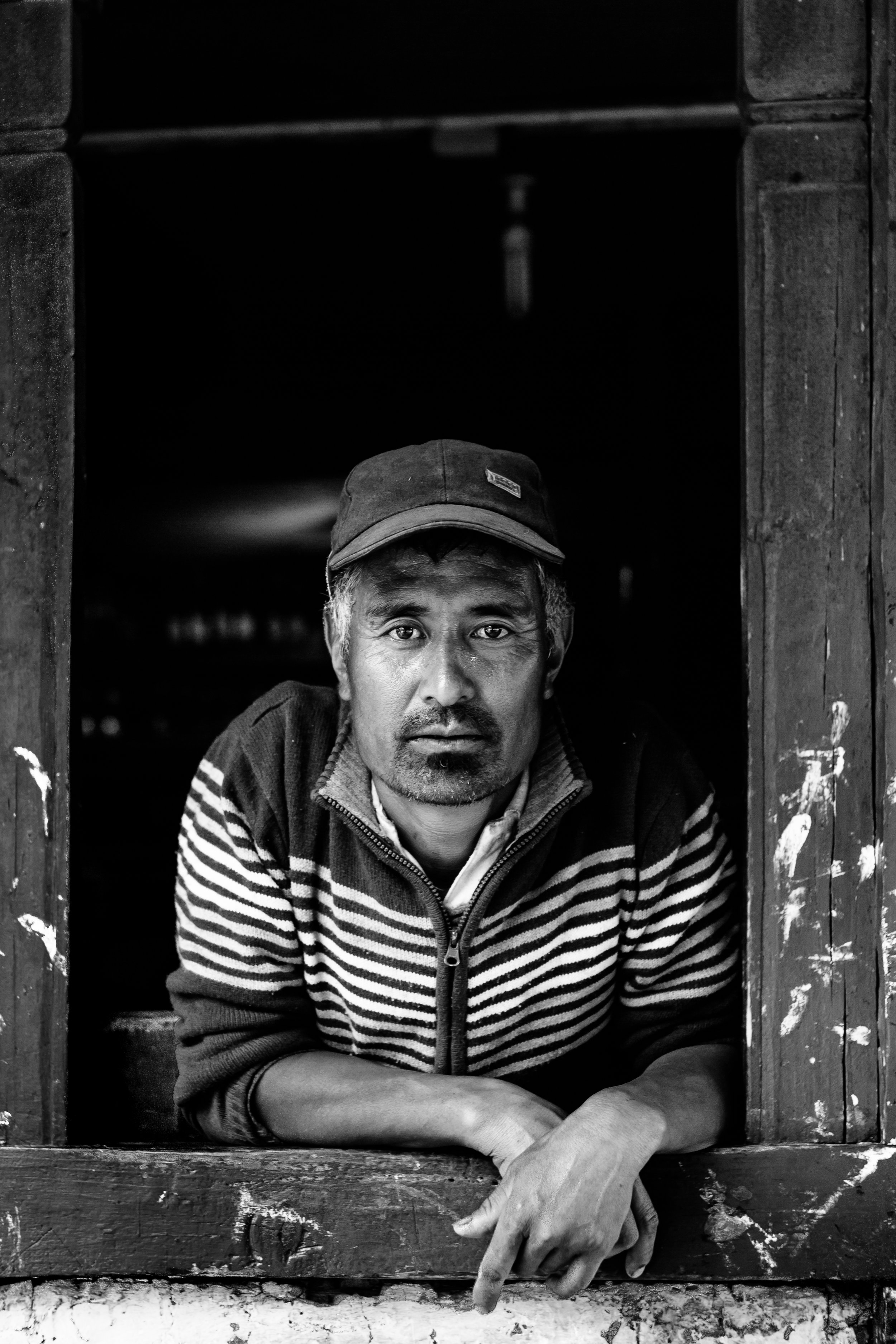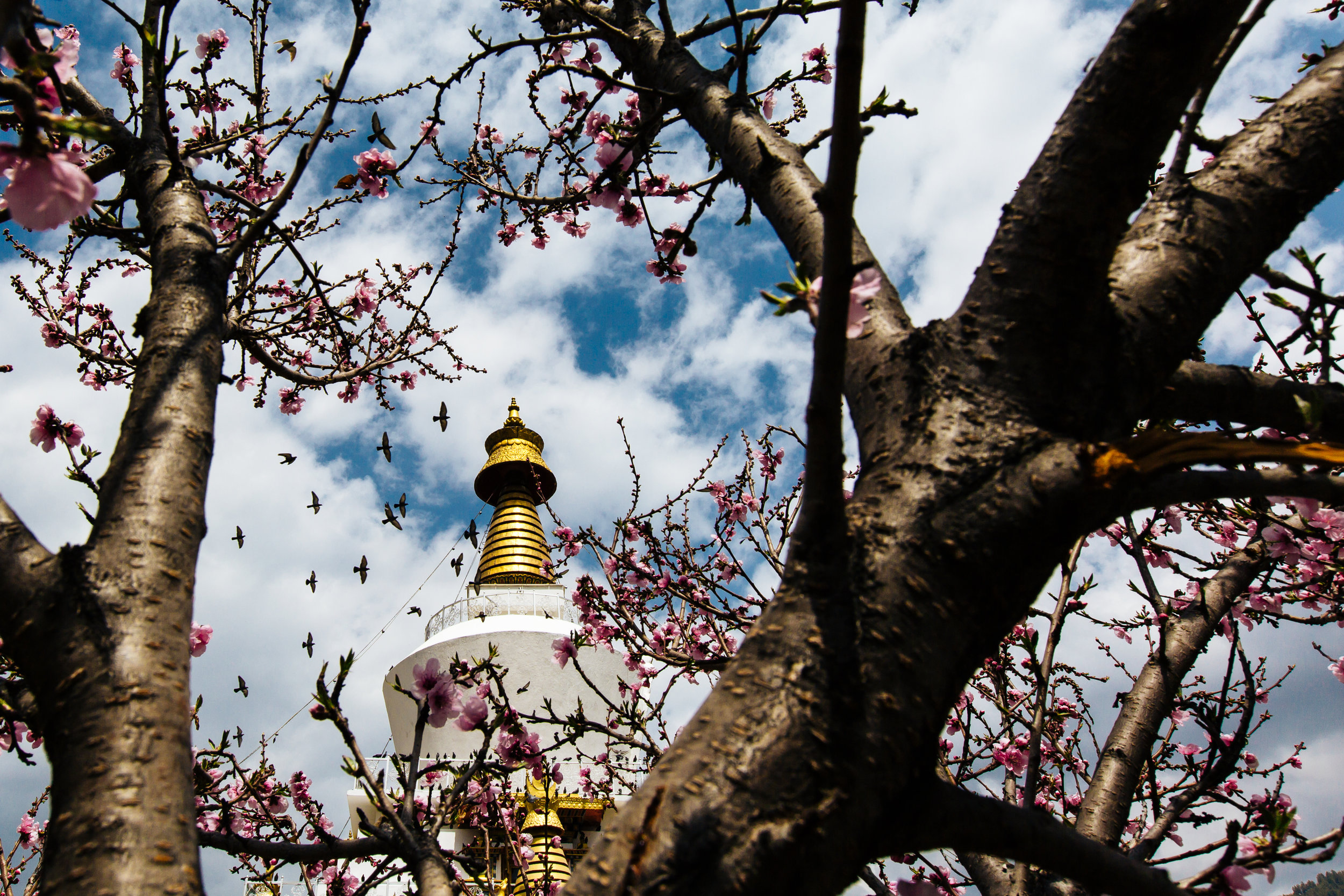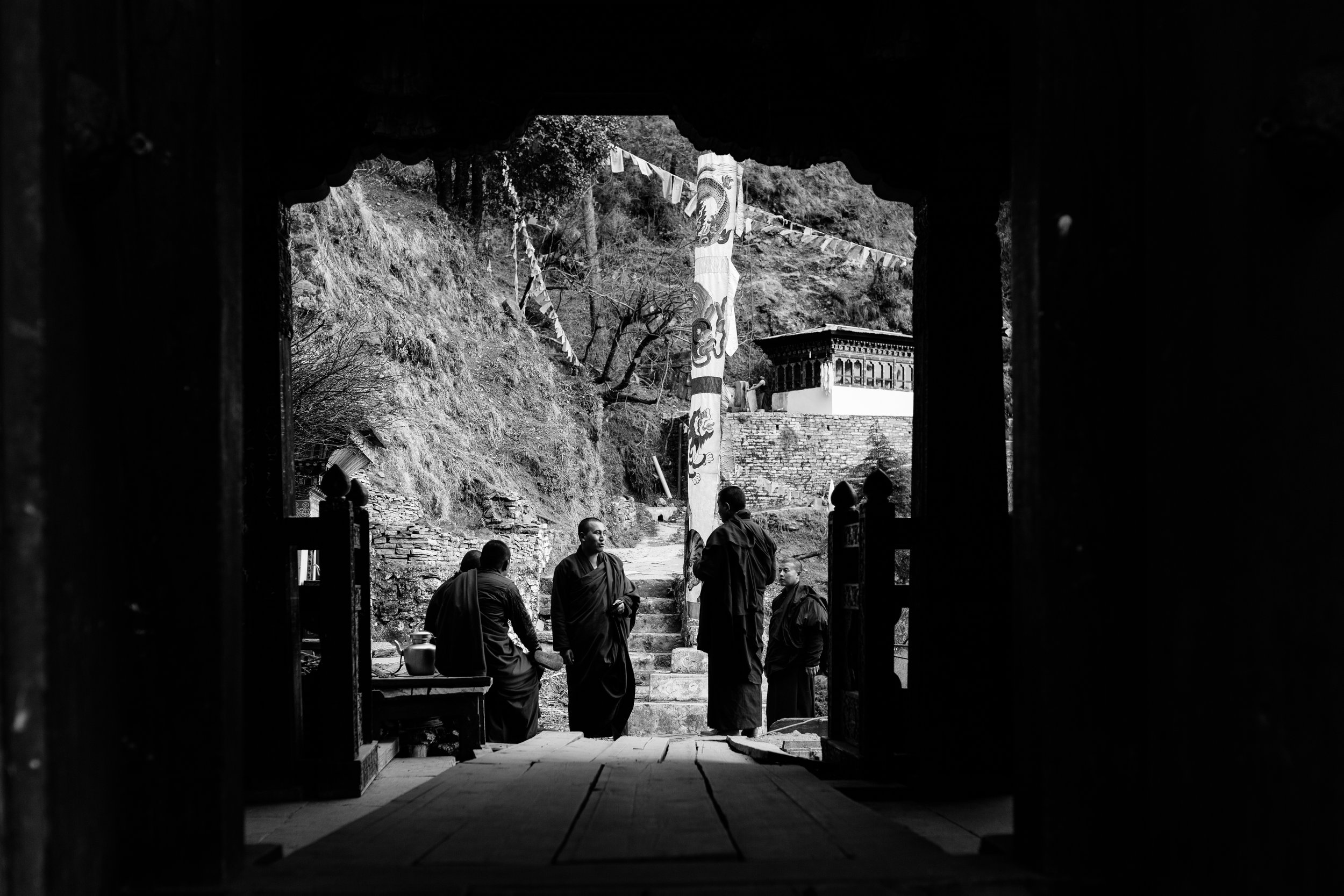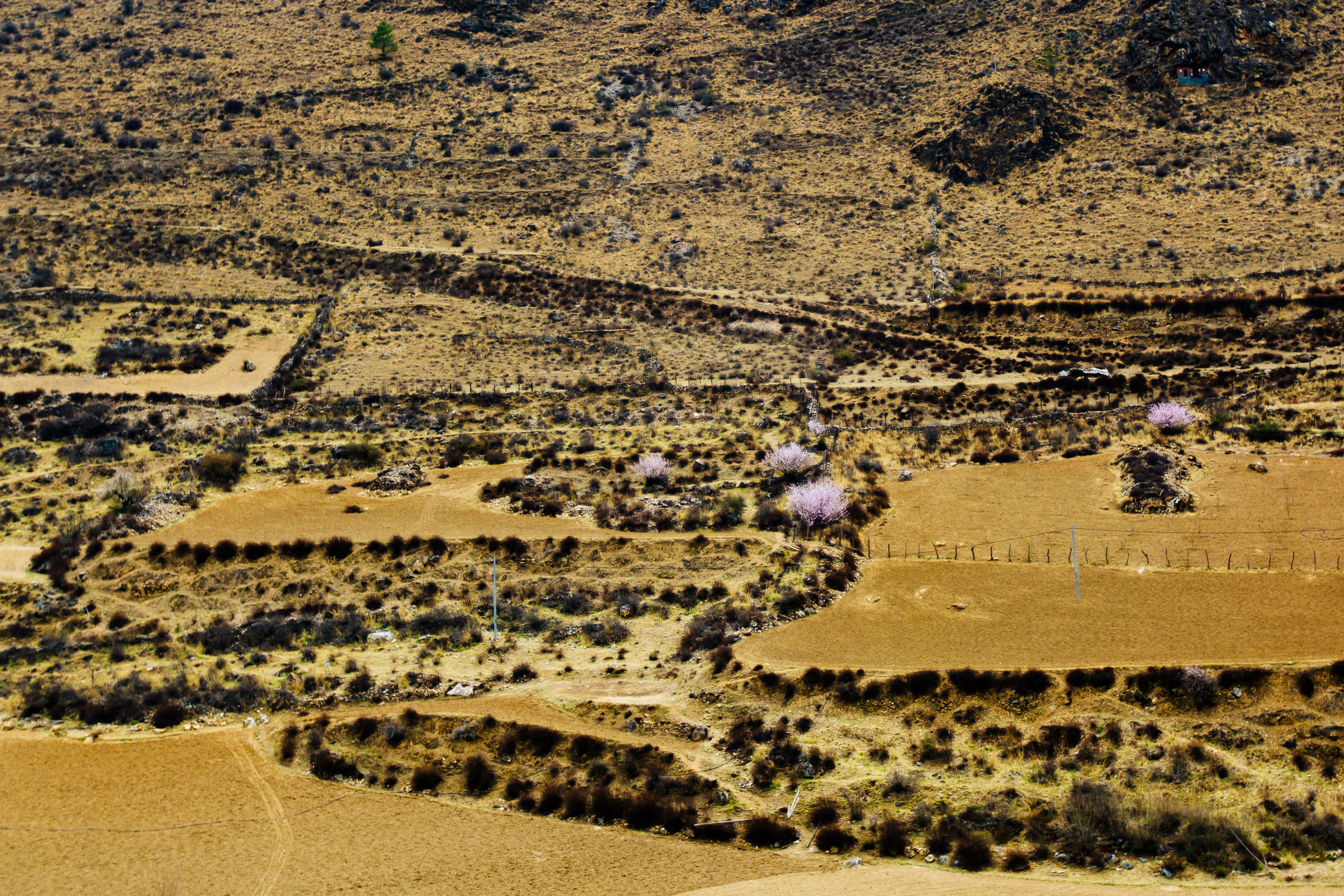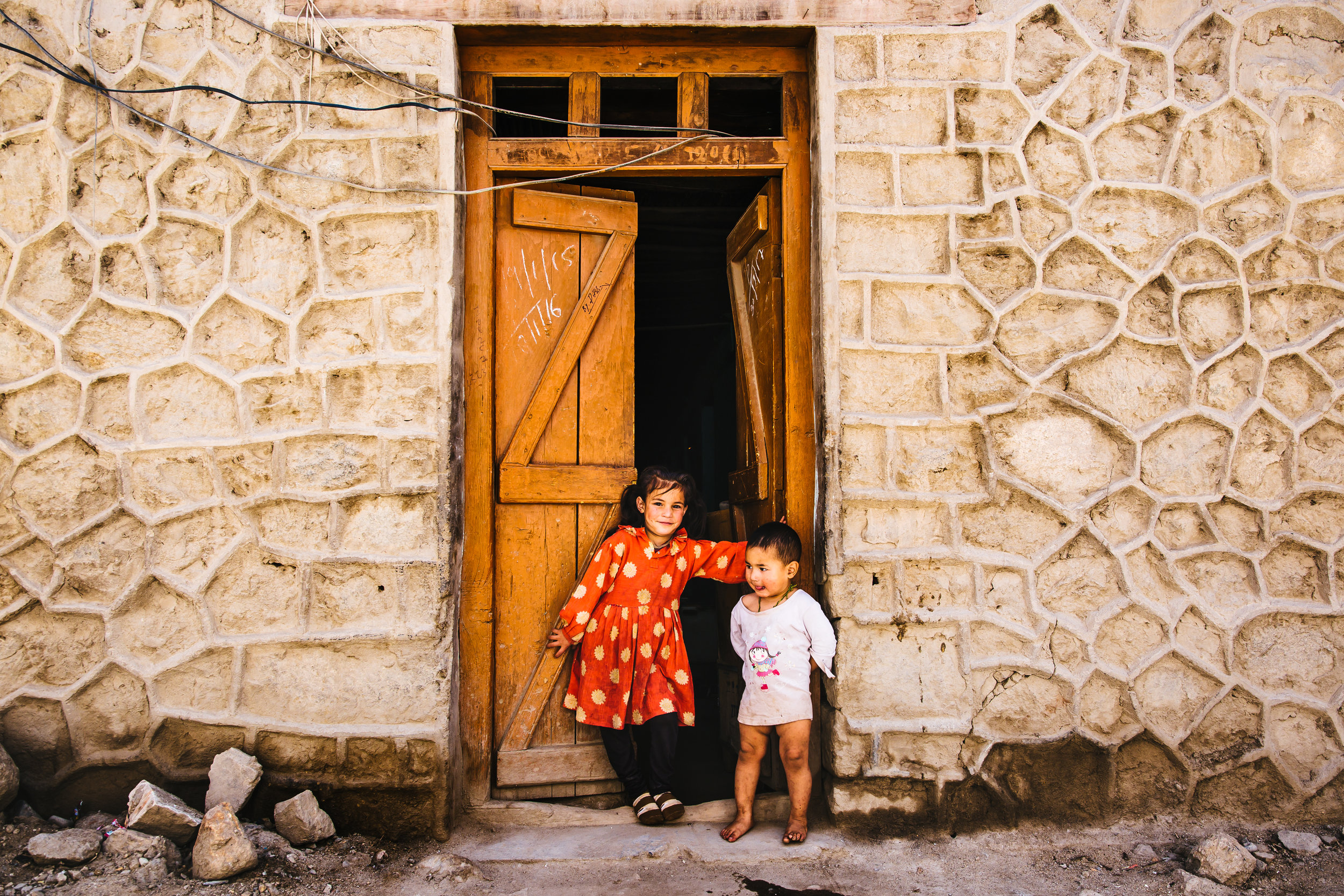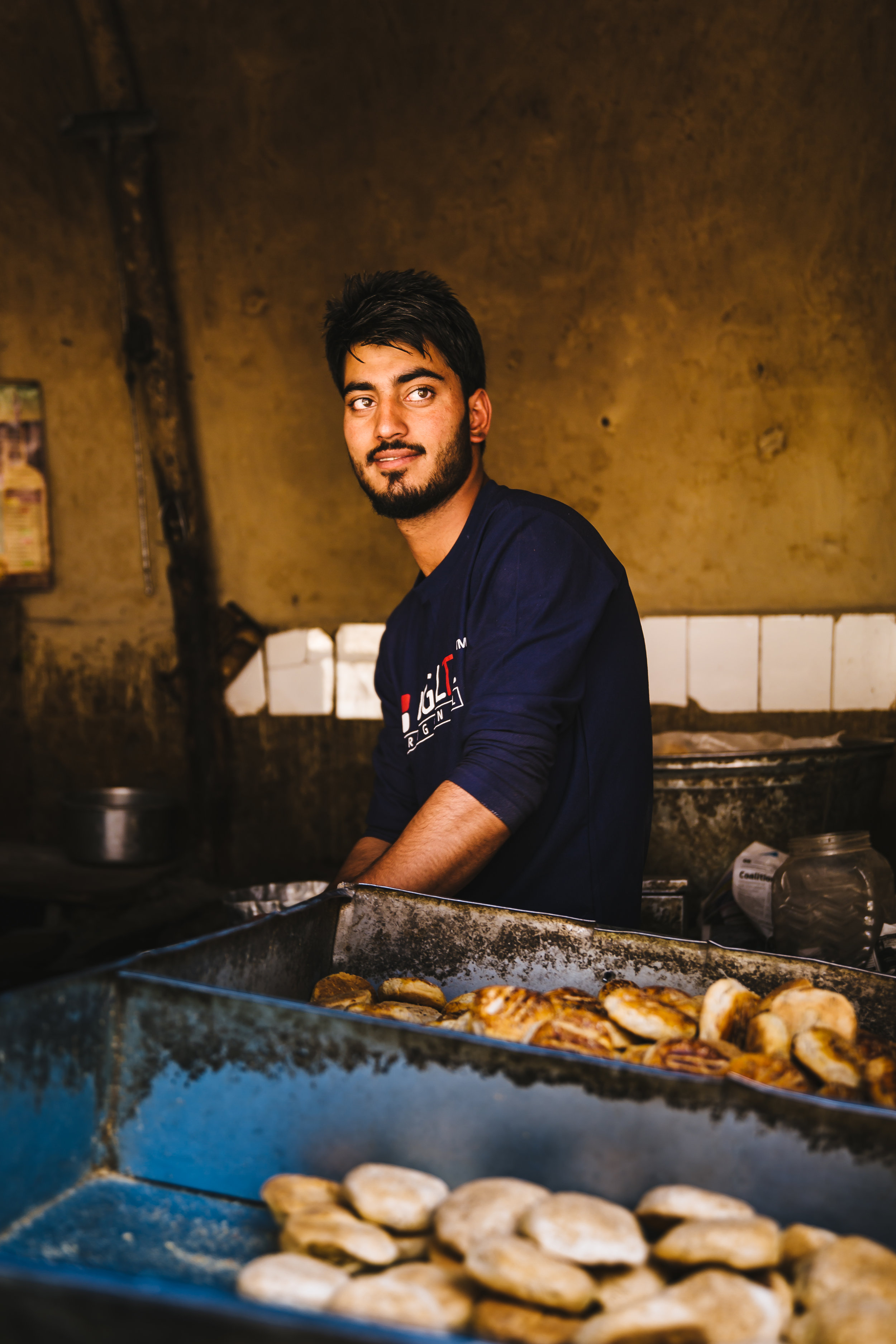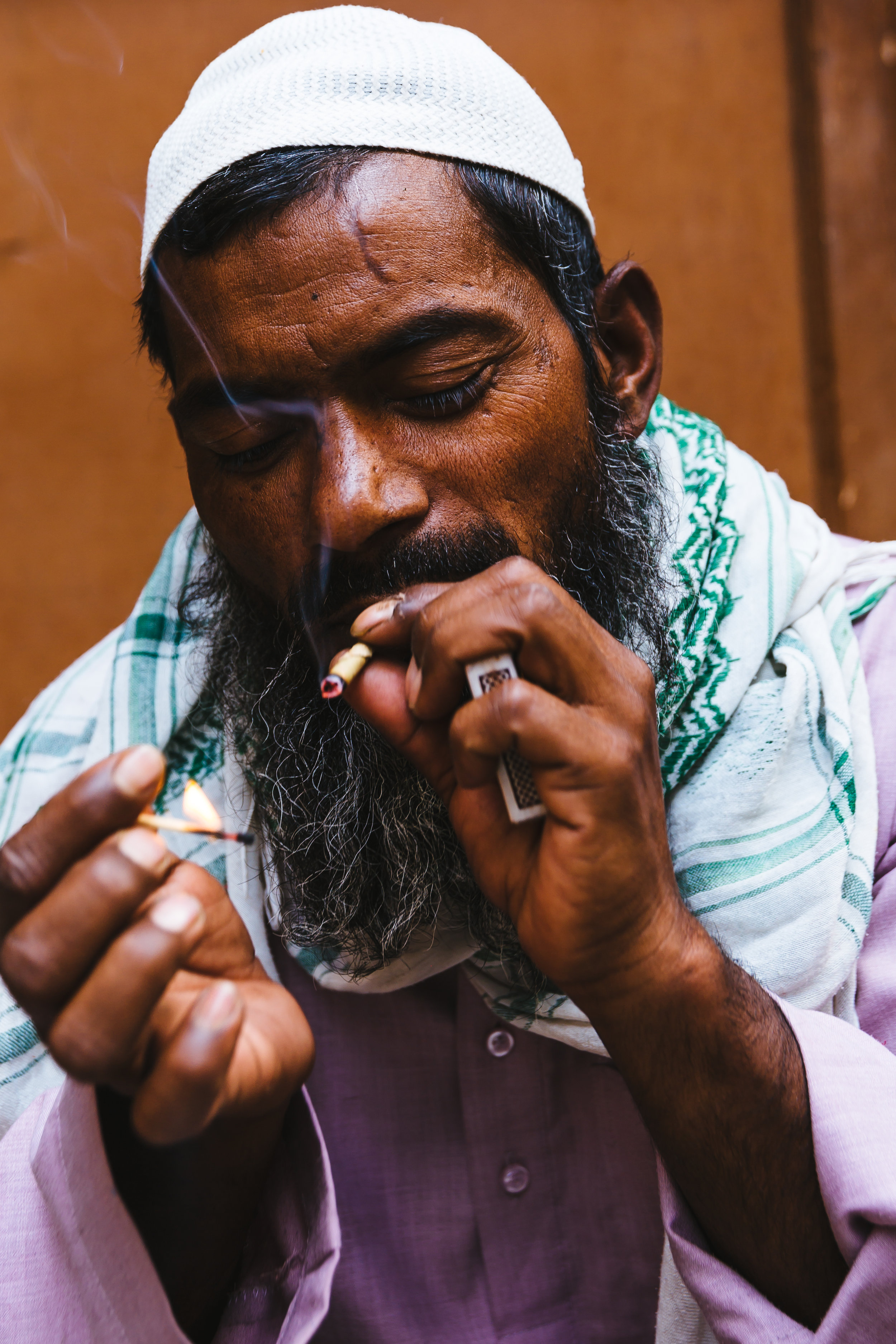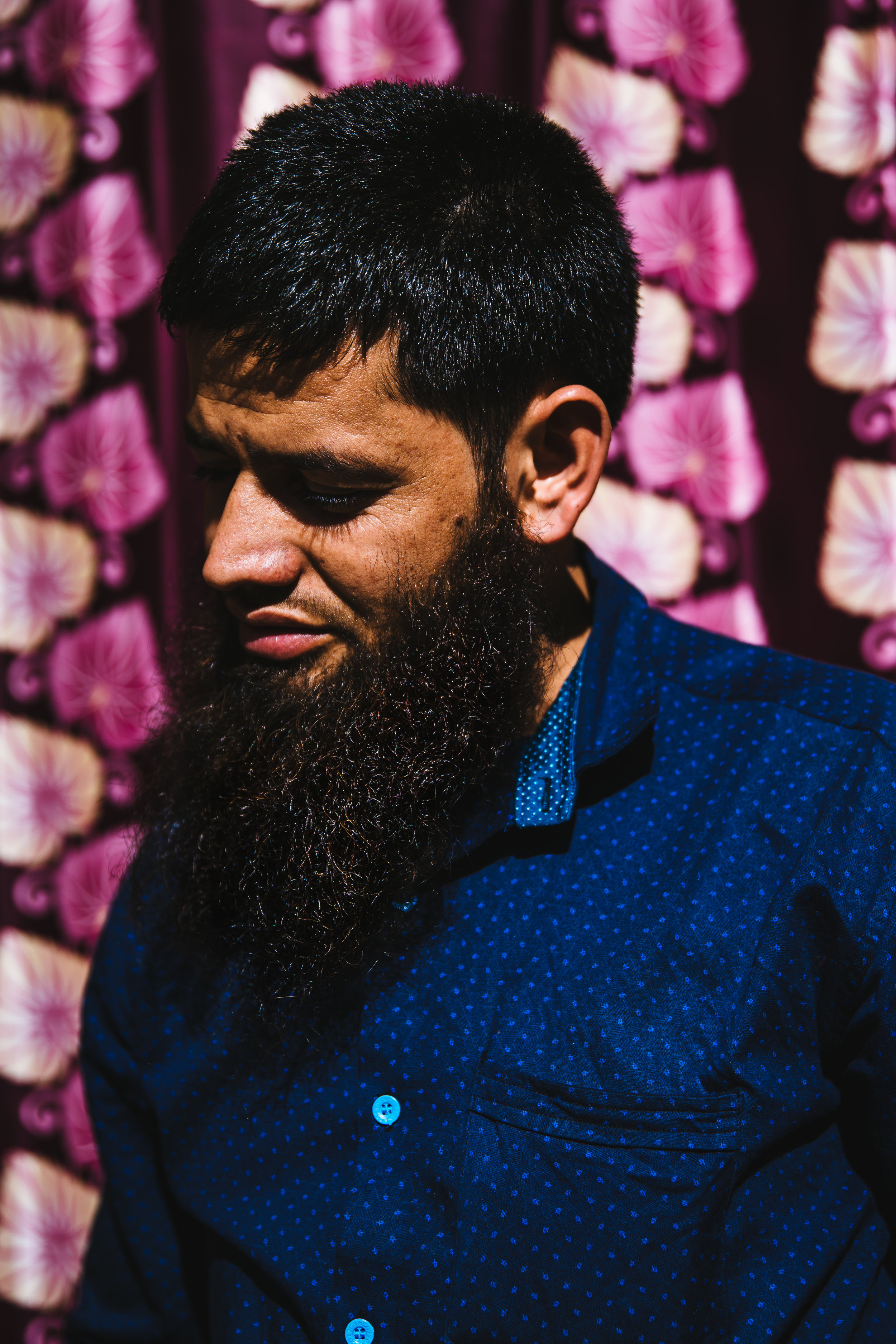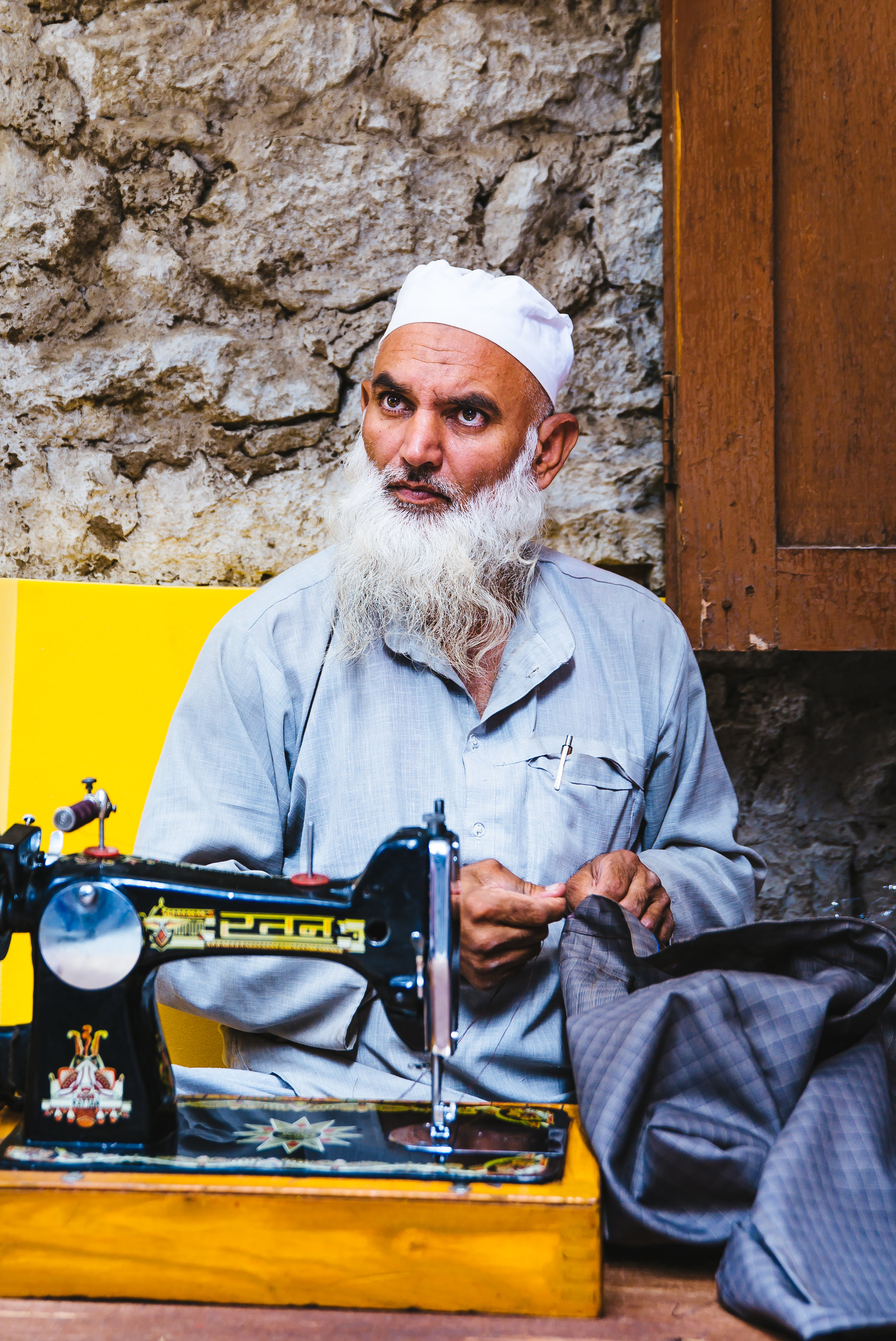I spend a decent amount of time out and about in Tokyo, Japan. Between editorial and commercial photography assignments, I find great joy in wandering aimlessly through the streets with a pair of headphones on and a small, mirrorless camera in my hand. Most of the time I come home with zero “keepers” (So is the life of a photographer). But every now and again I manage to capture an image that, for one reason or another, resonates with me.
For a long time, I haven’t felt the pull to publish any of the photos hiding on my computer, images existing in randomly named folders. But lately I have felt cluttered, almost as if the JPEGS are crowding me, boxing me in. By posting them, I hope that I will feel a little less cramped and ready to move into the new year.
These frames are nothing more than personal snapshots of my surroundings here in Tokyo. But, the photos deserve to get out of their digital caves and have a bit of a shelf life before being dragged-and-dropped onto a hard drive, likely never to be seen again.. With this said, I am going to start publishing a Tokyo Photo Journal, a visual dumping ground of random images taken in and around the Japanese capital.
